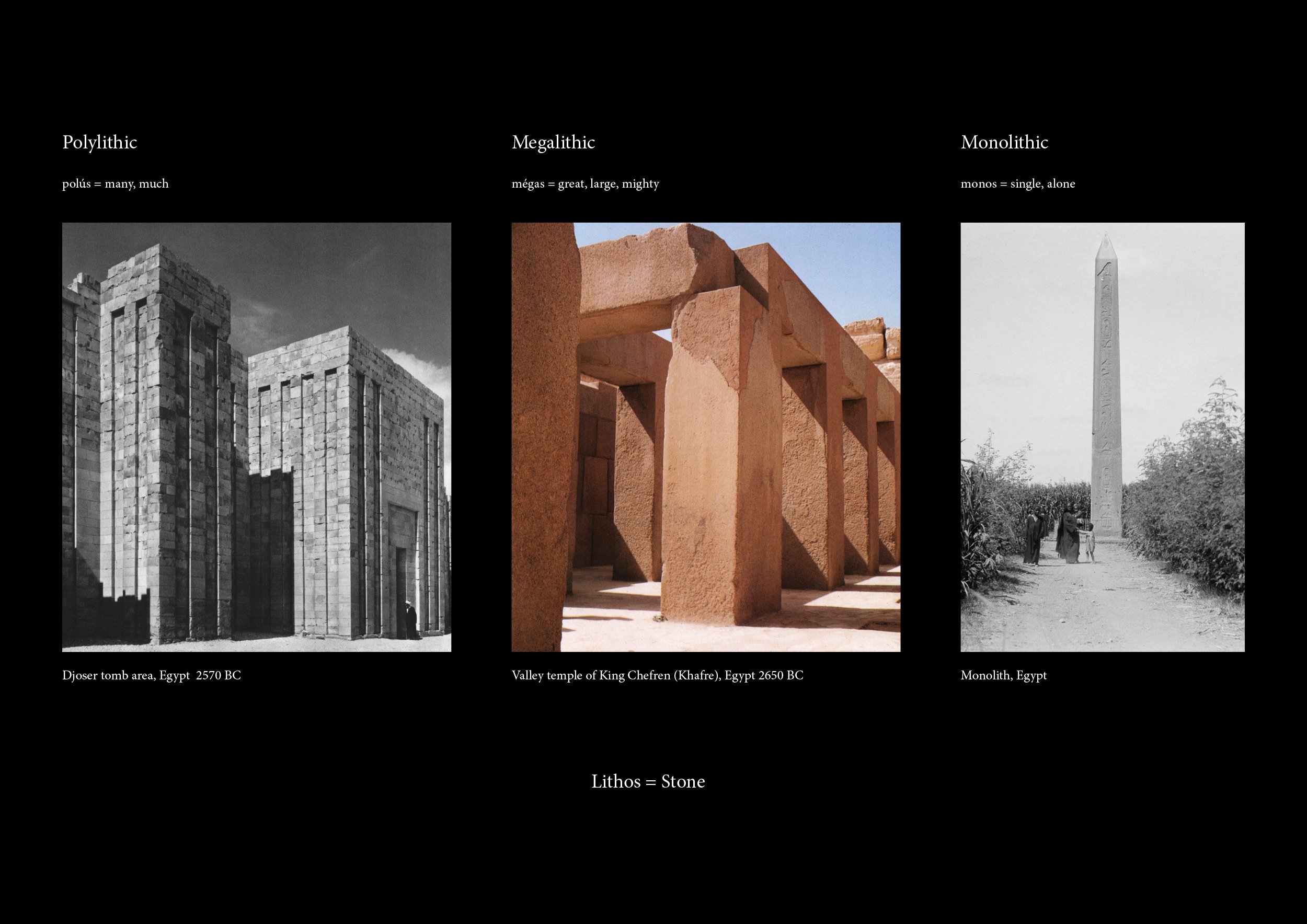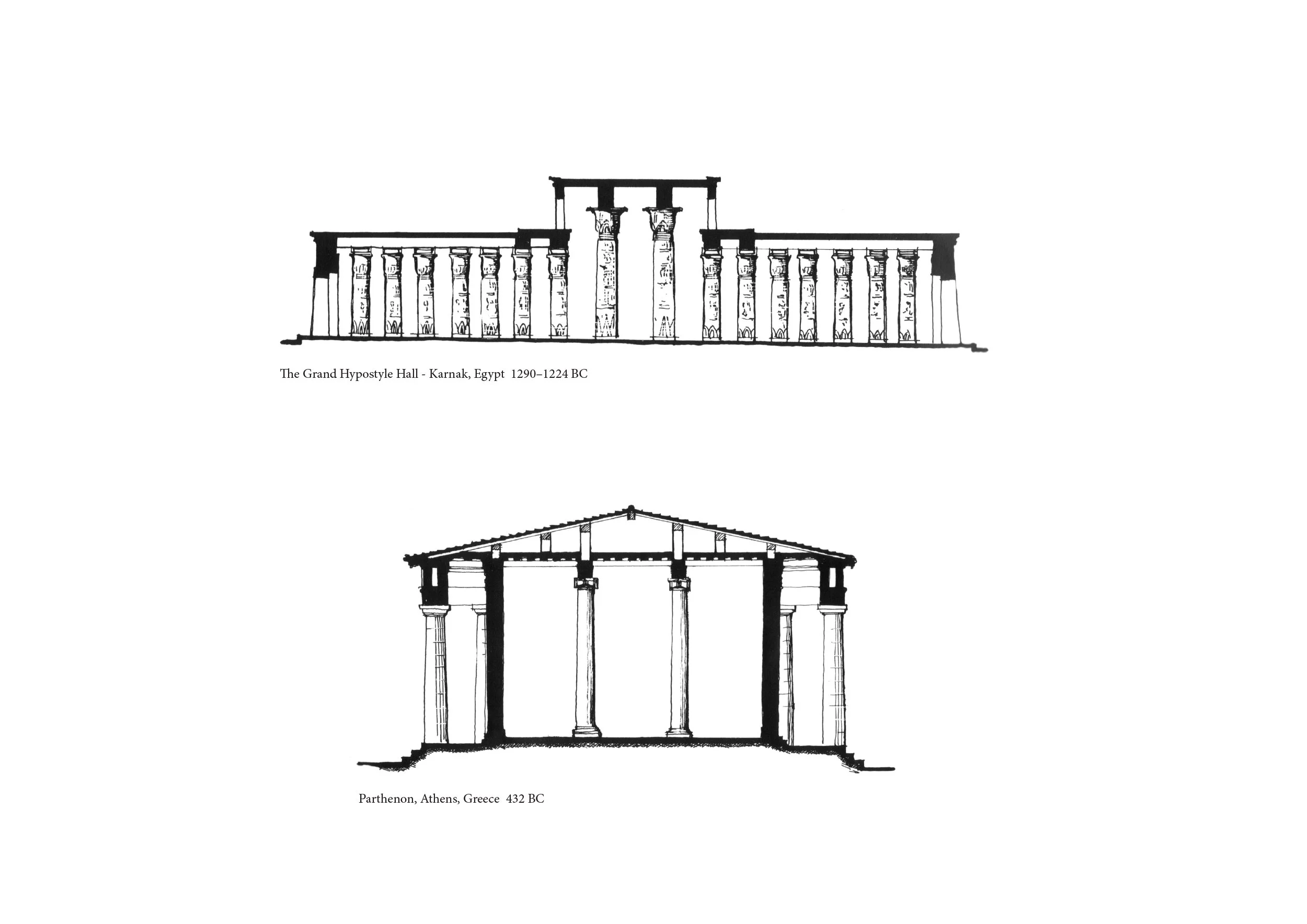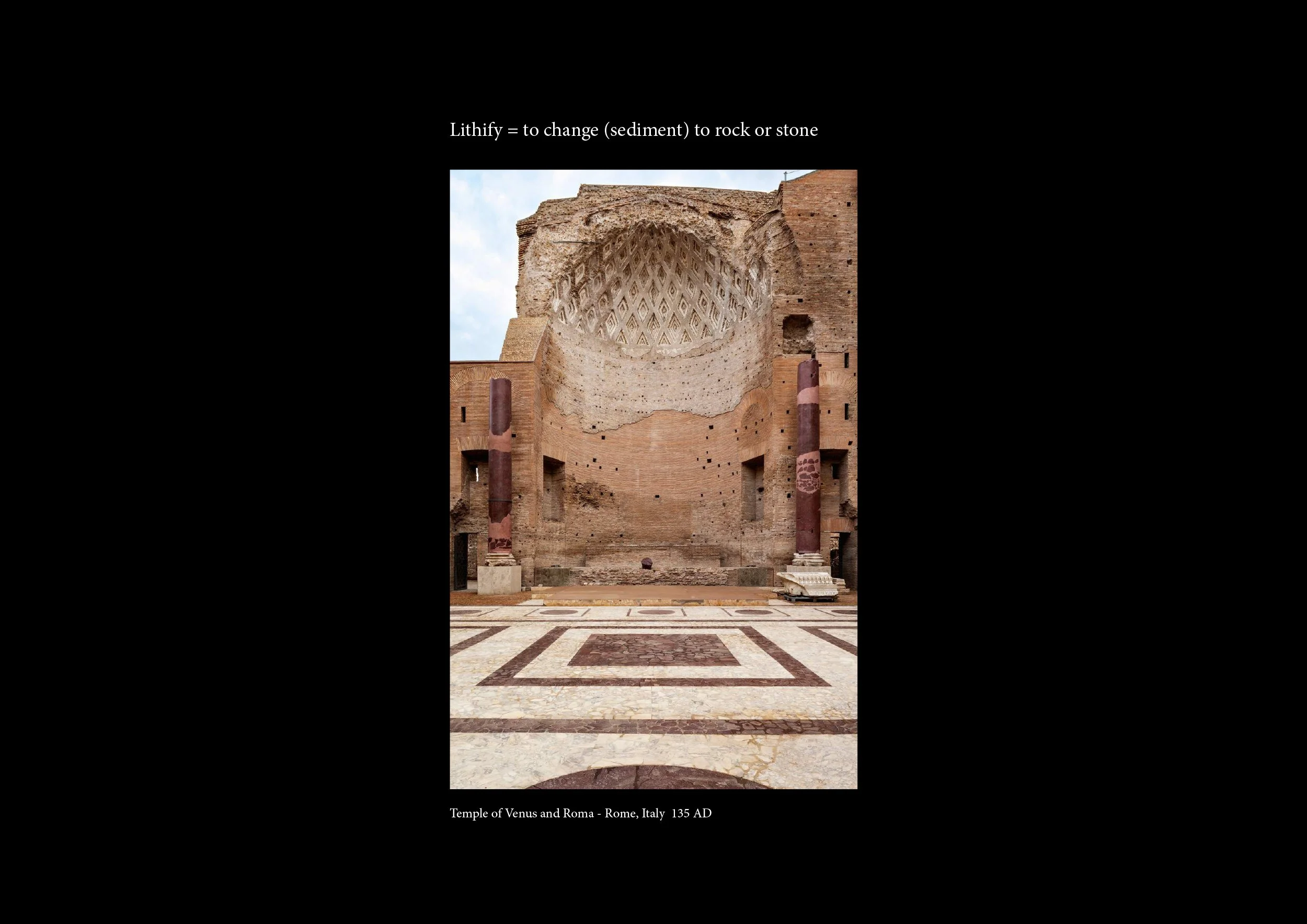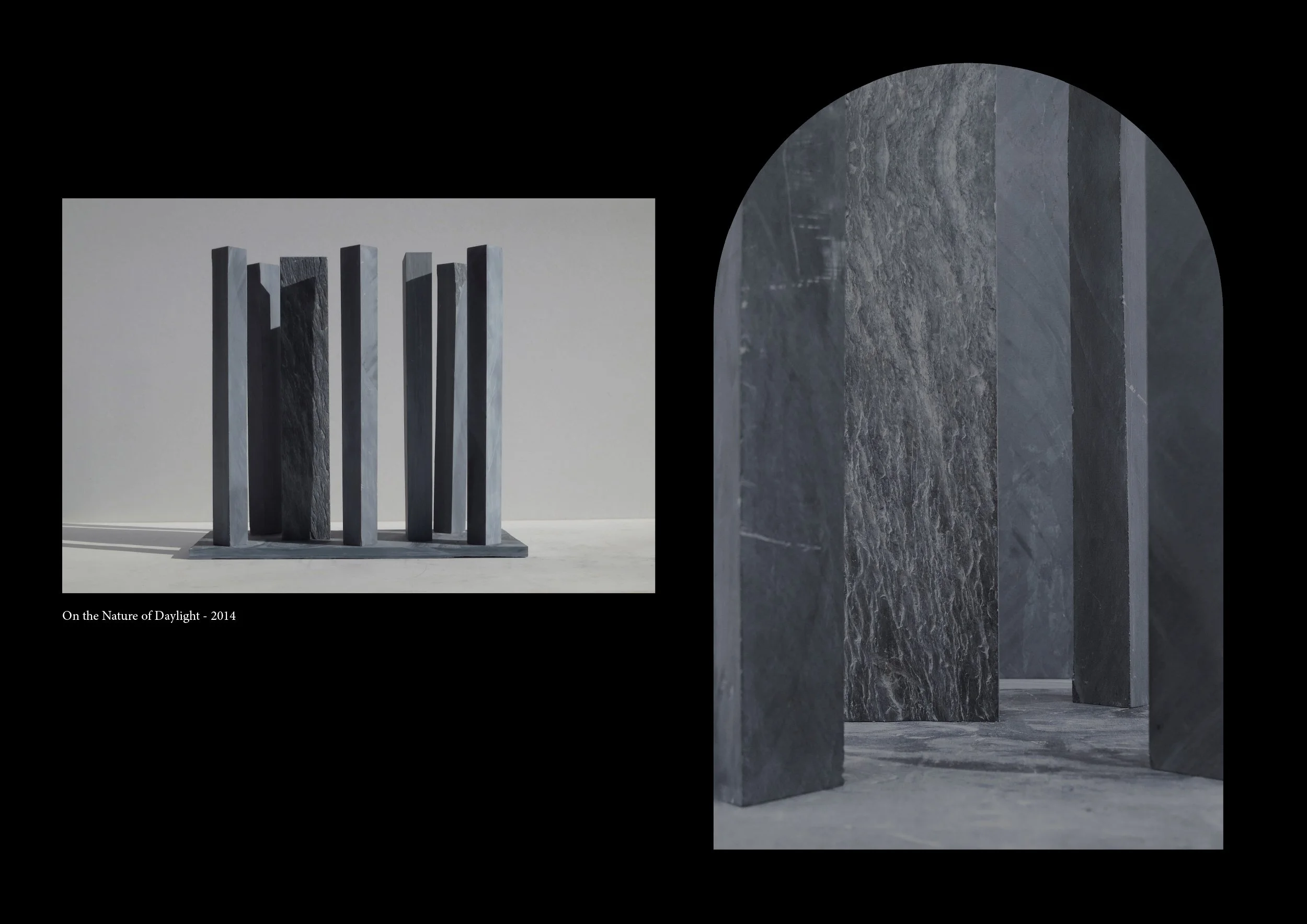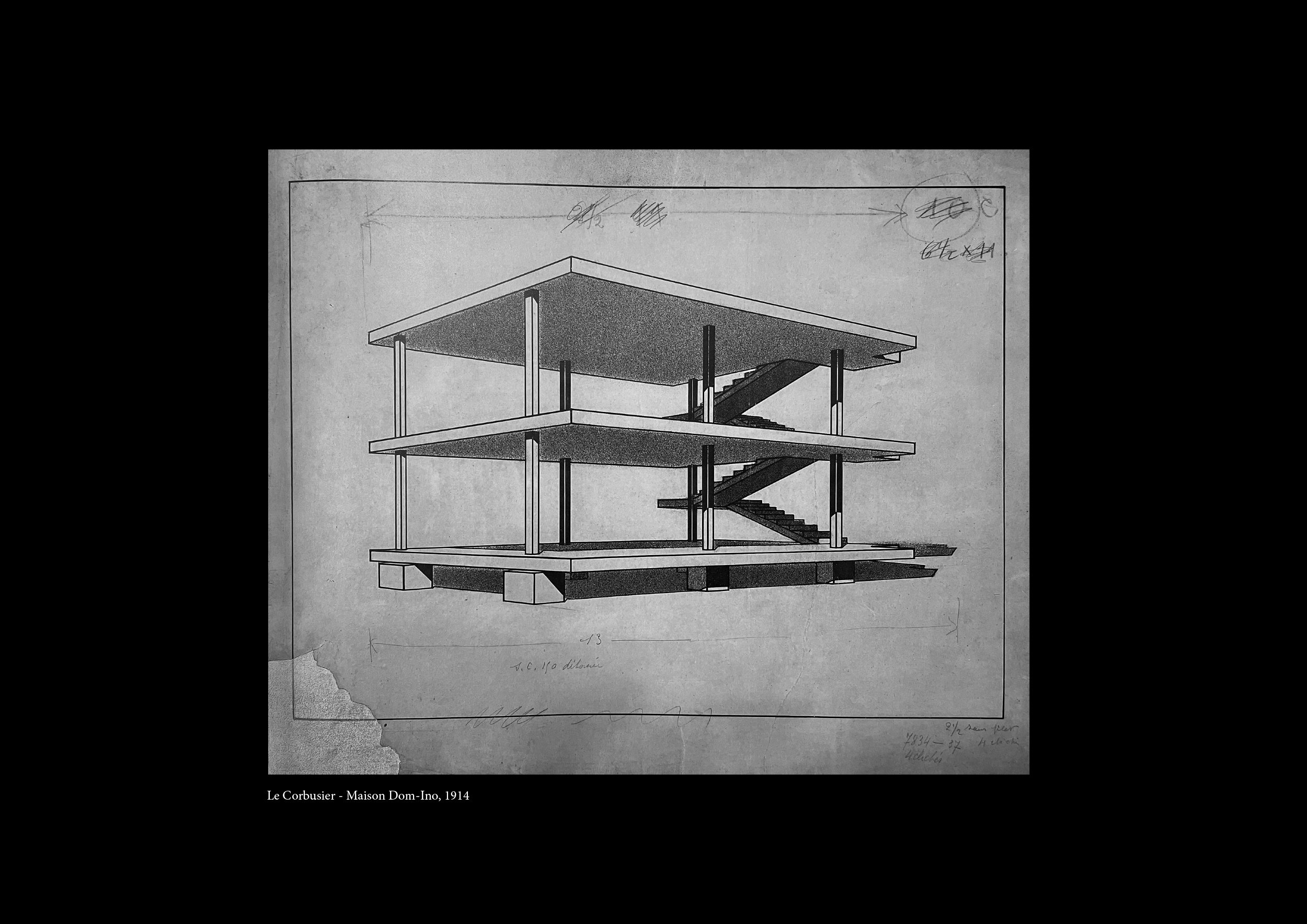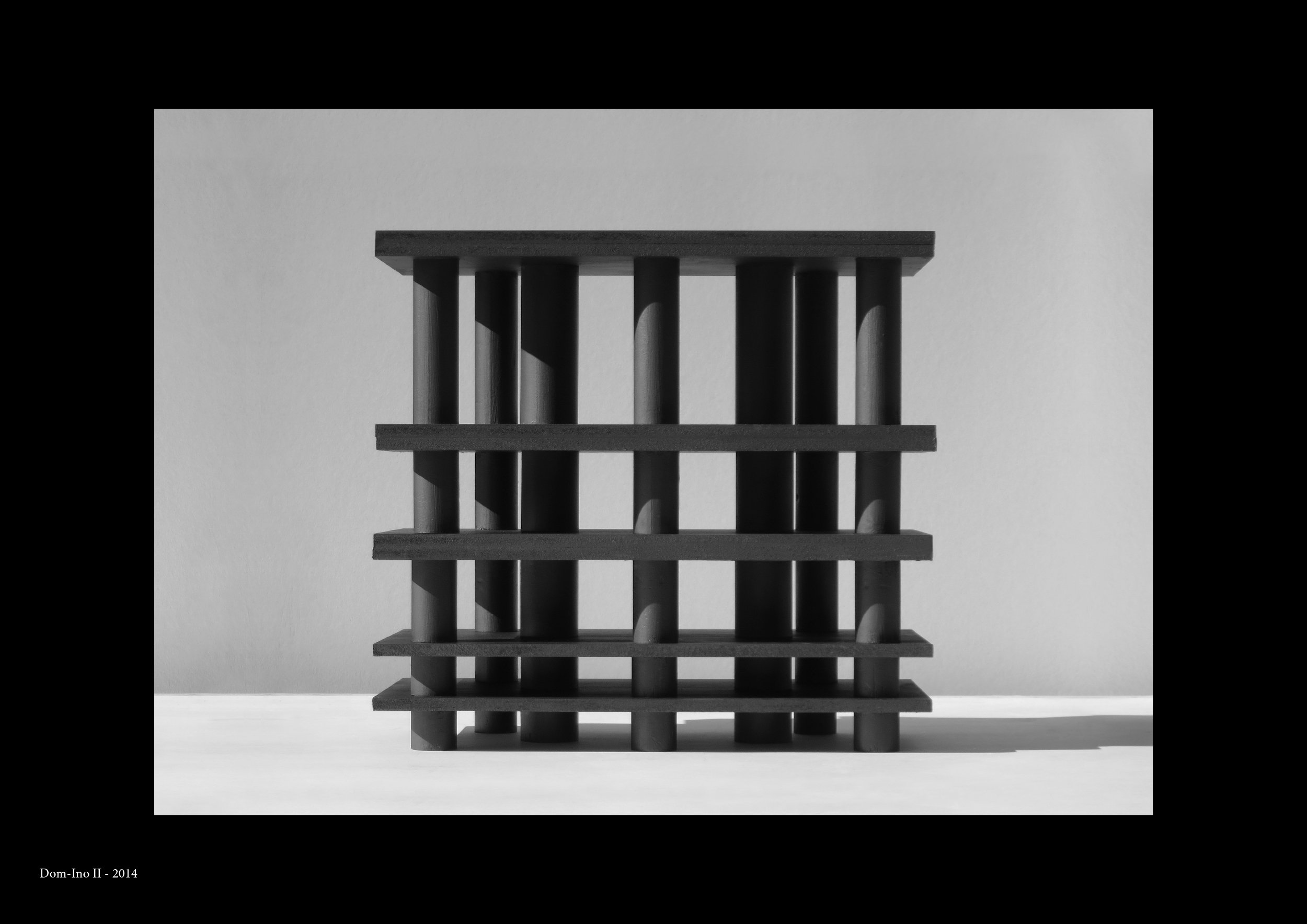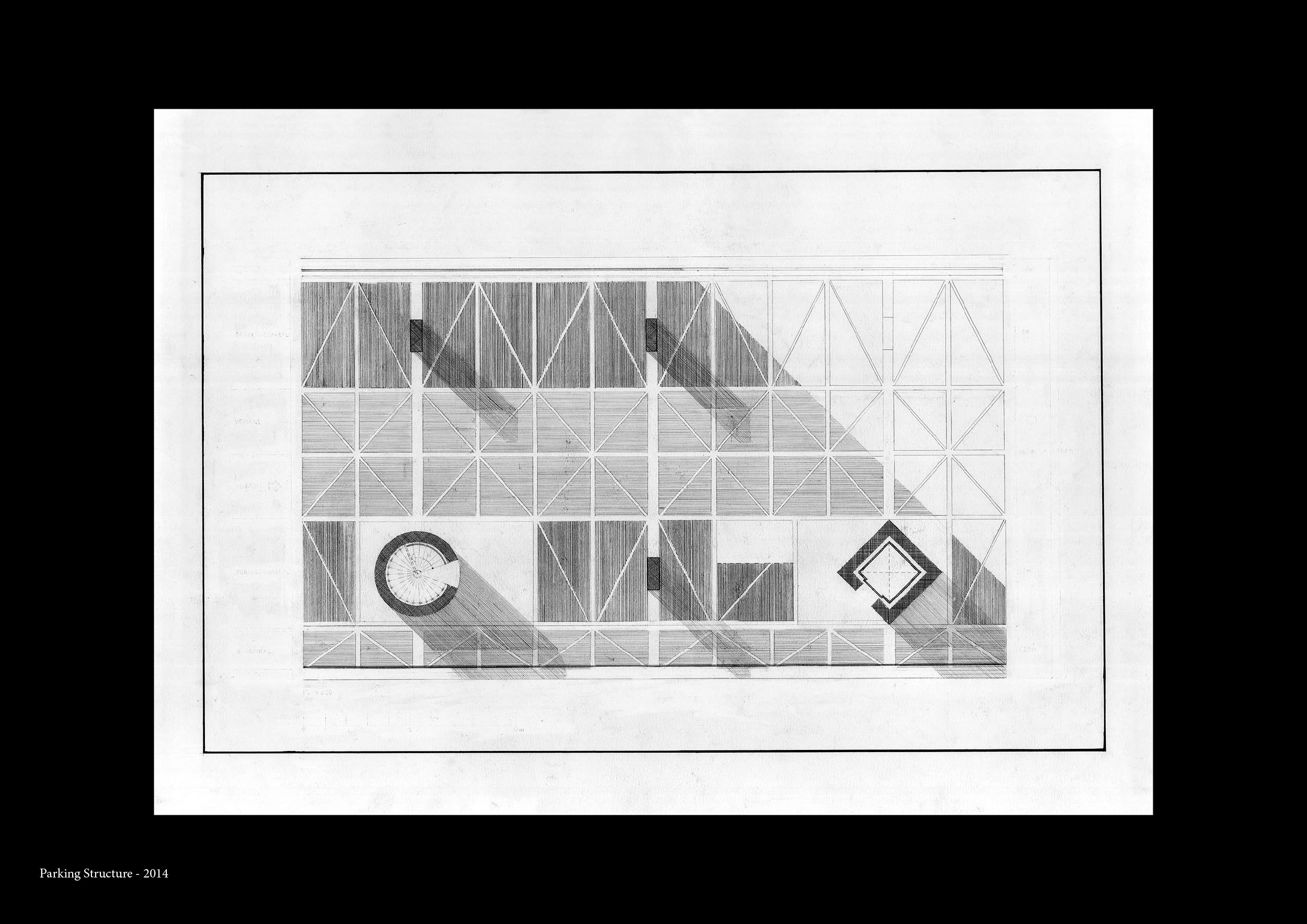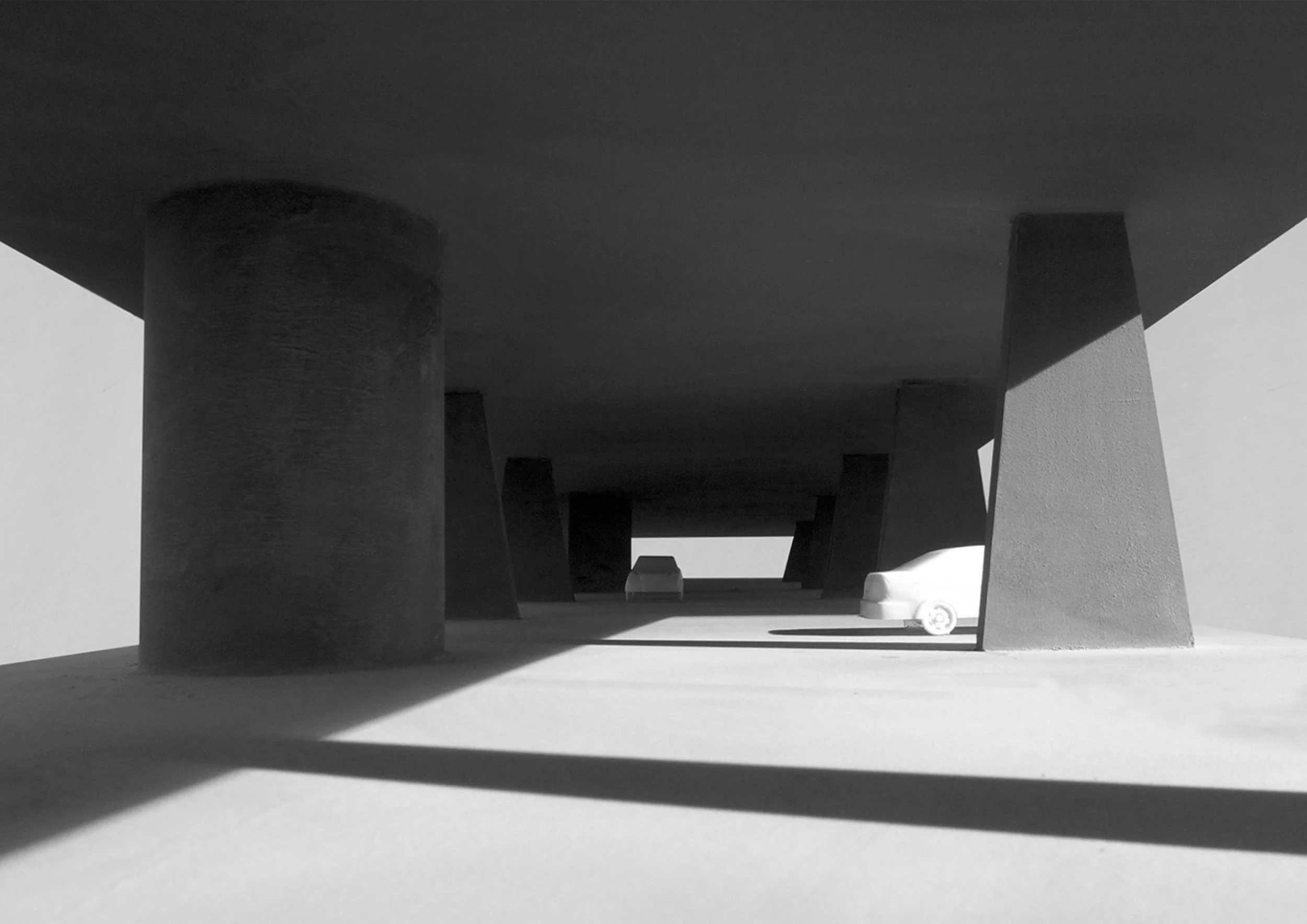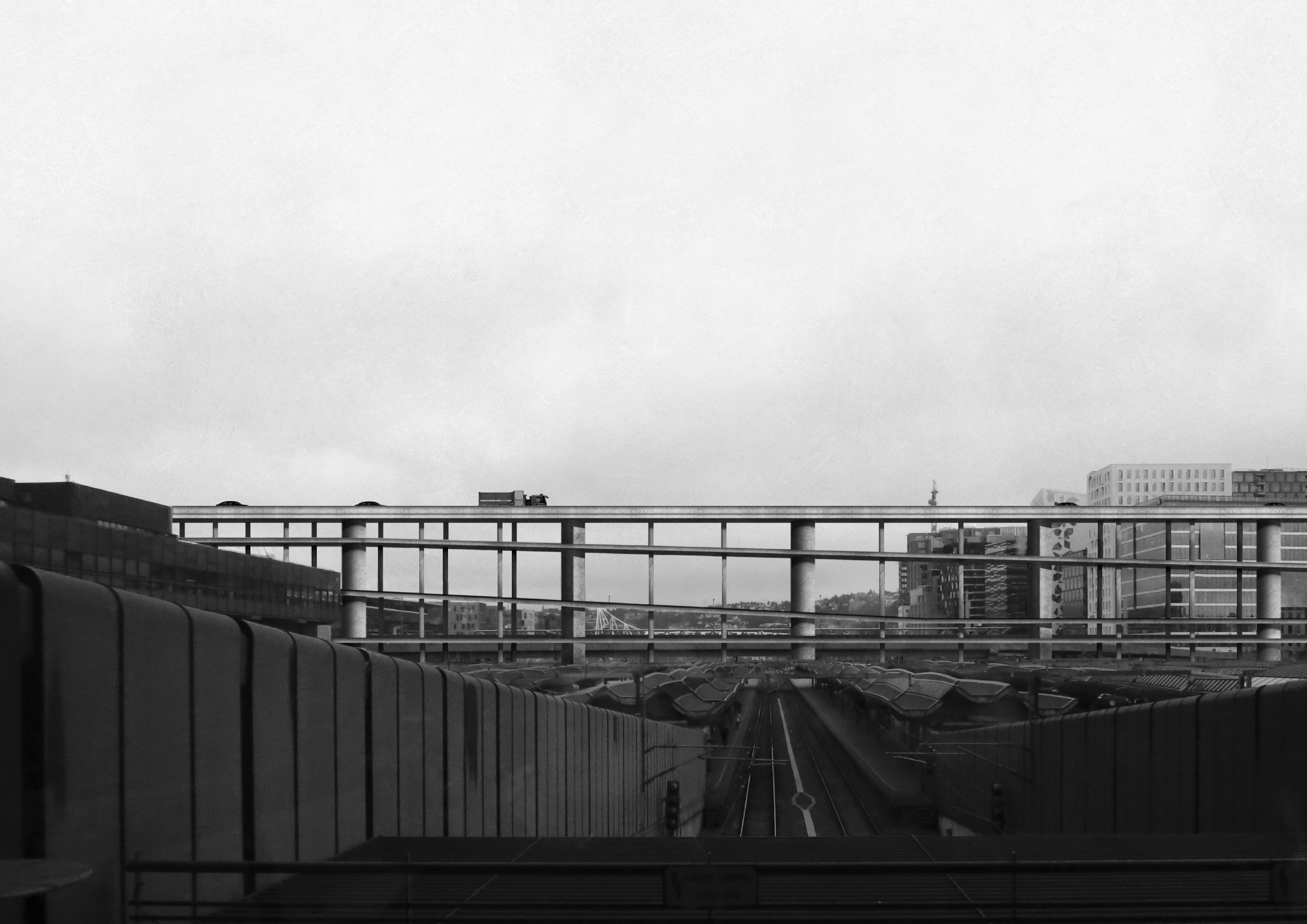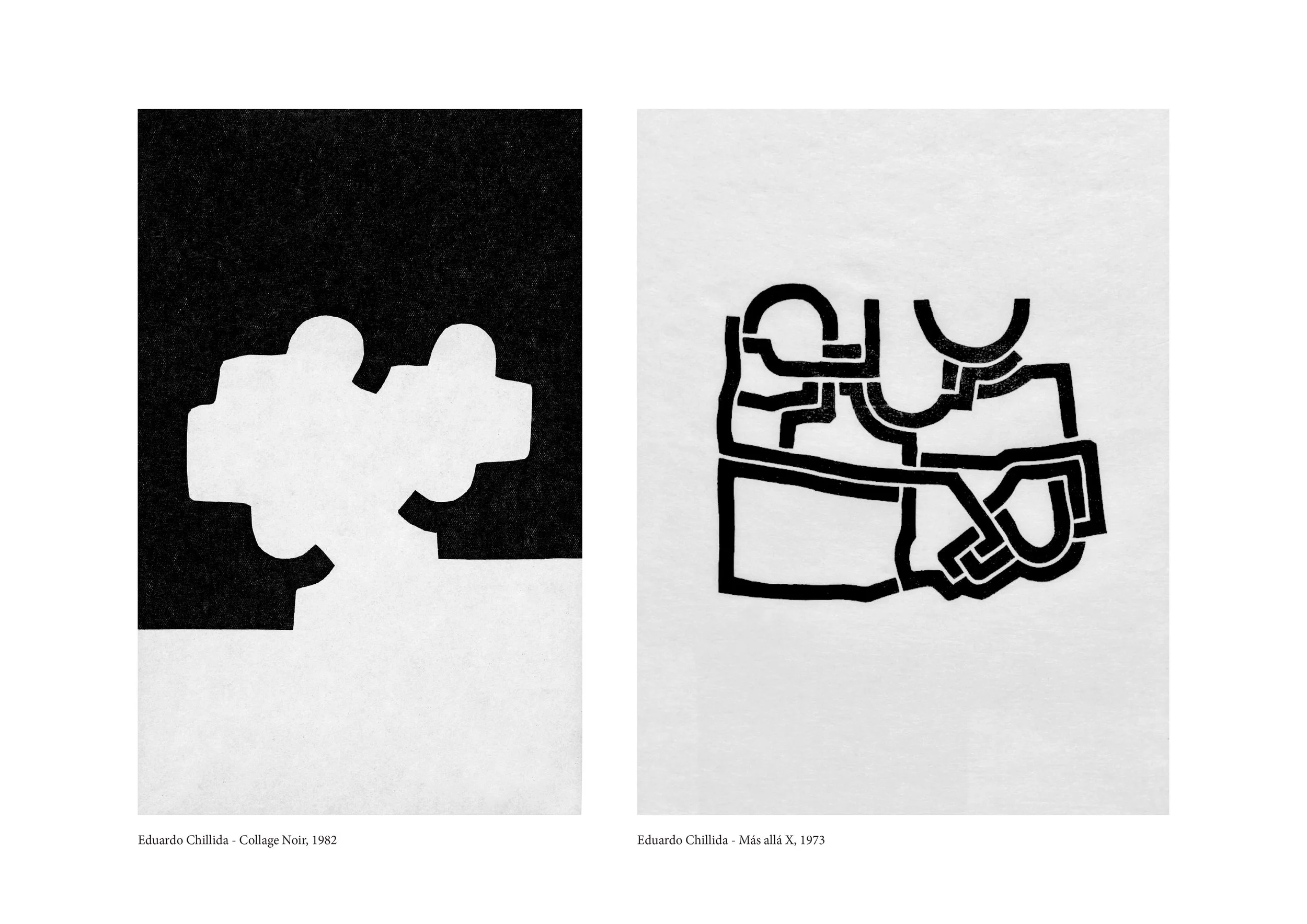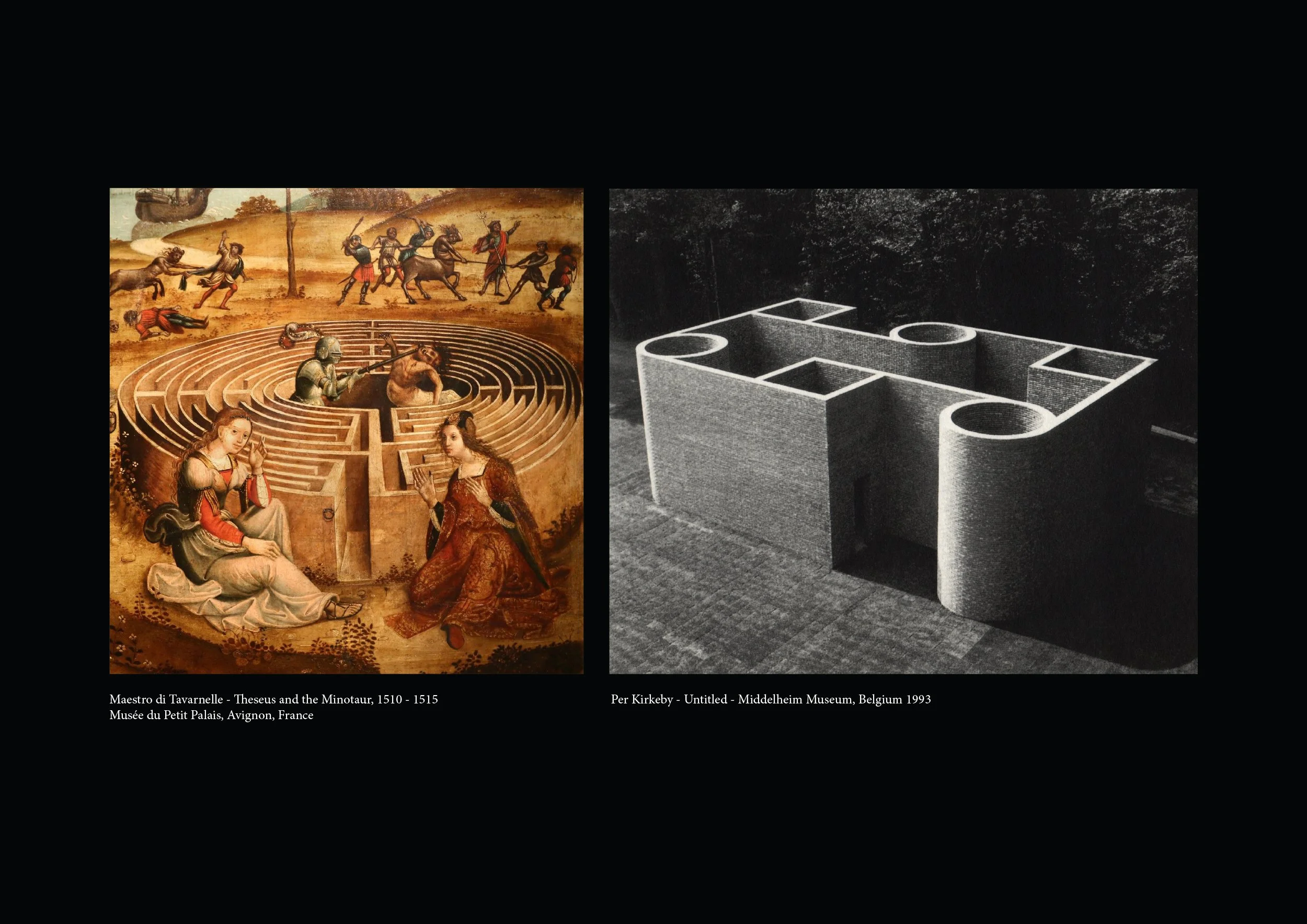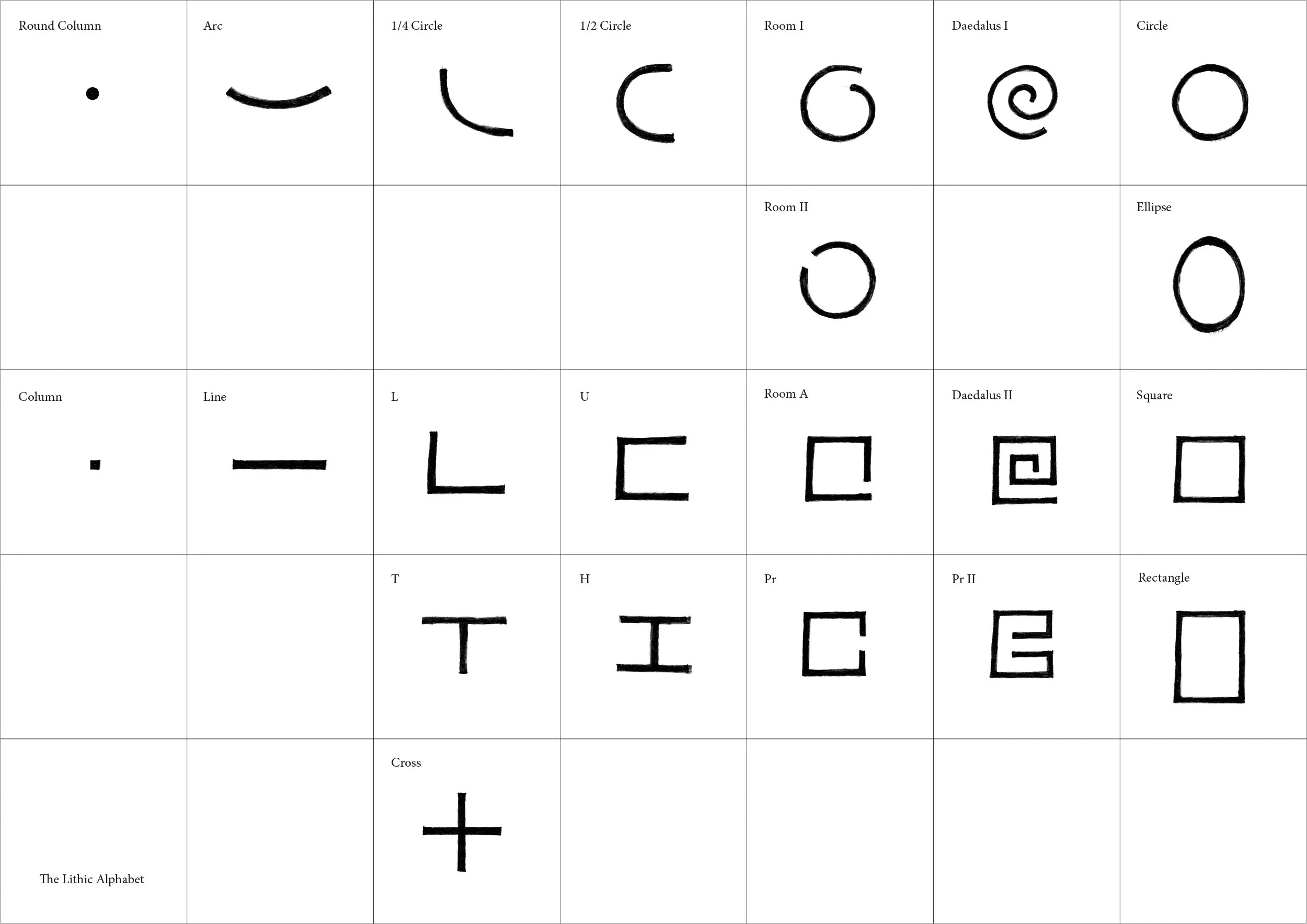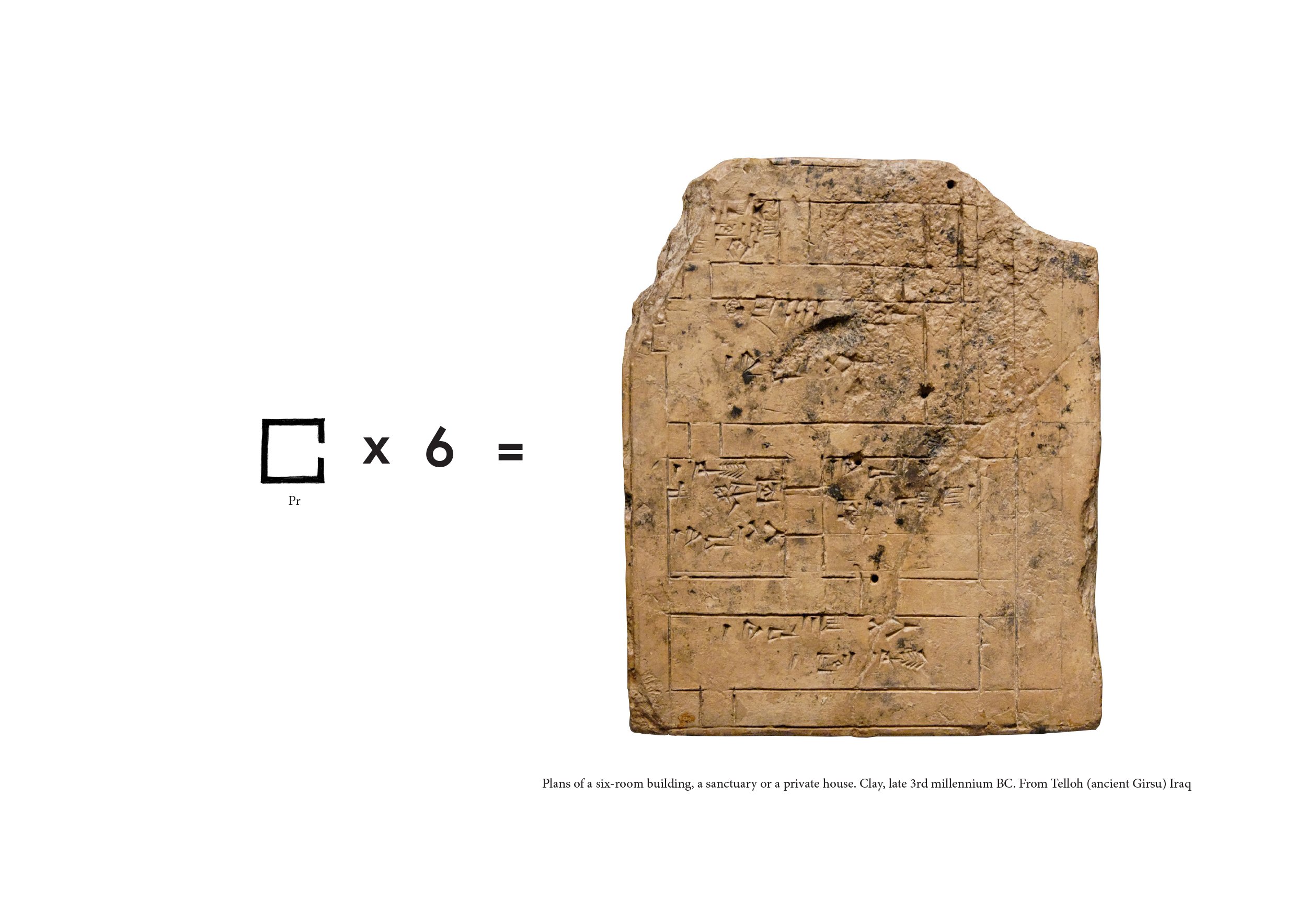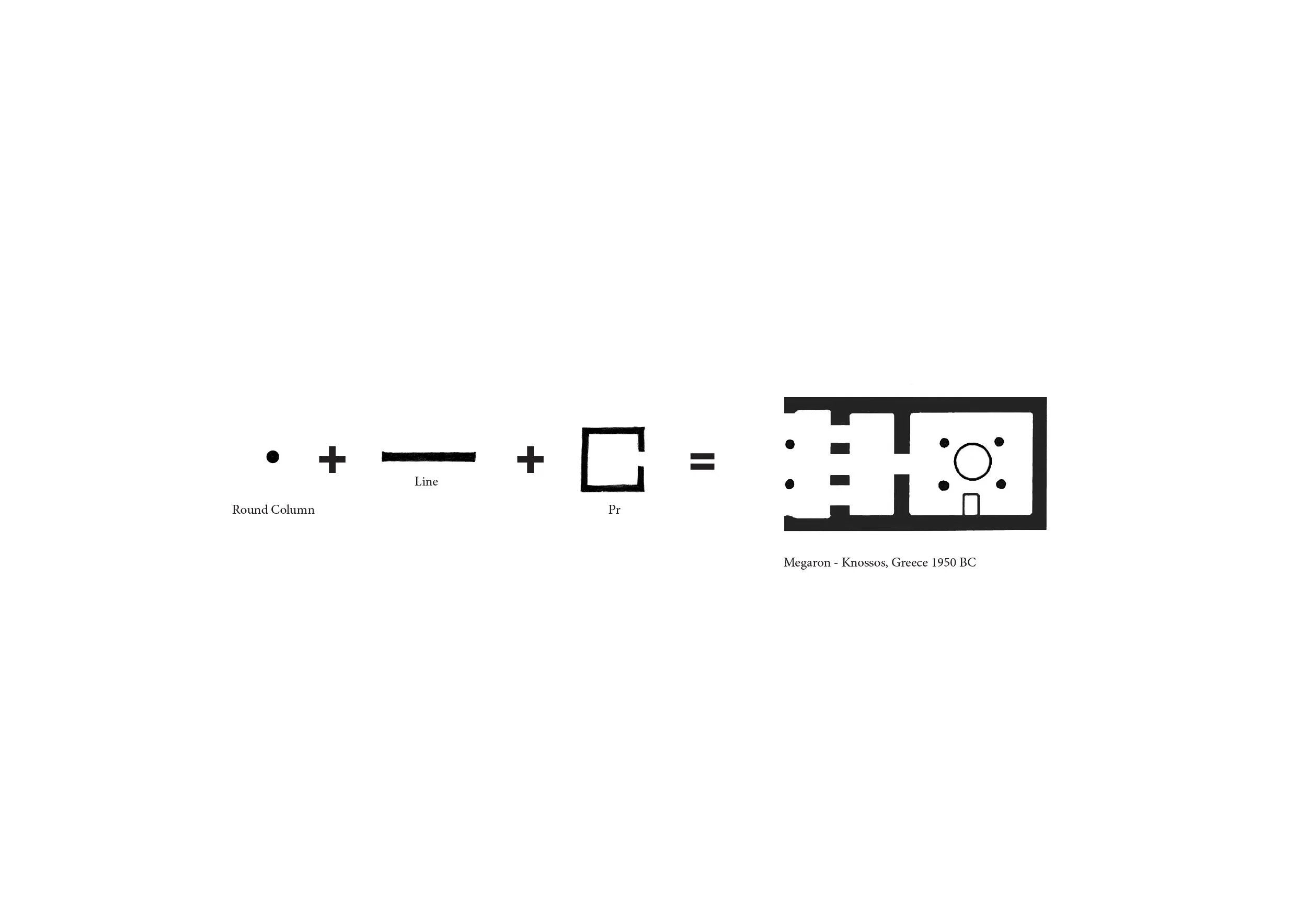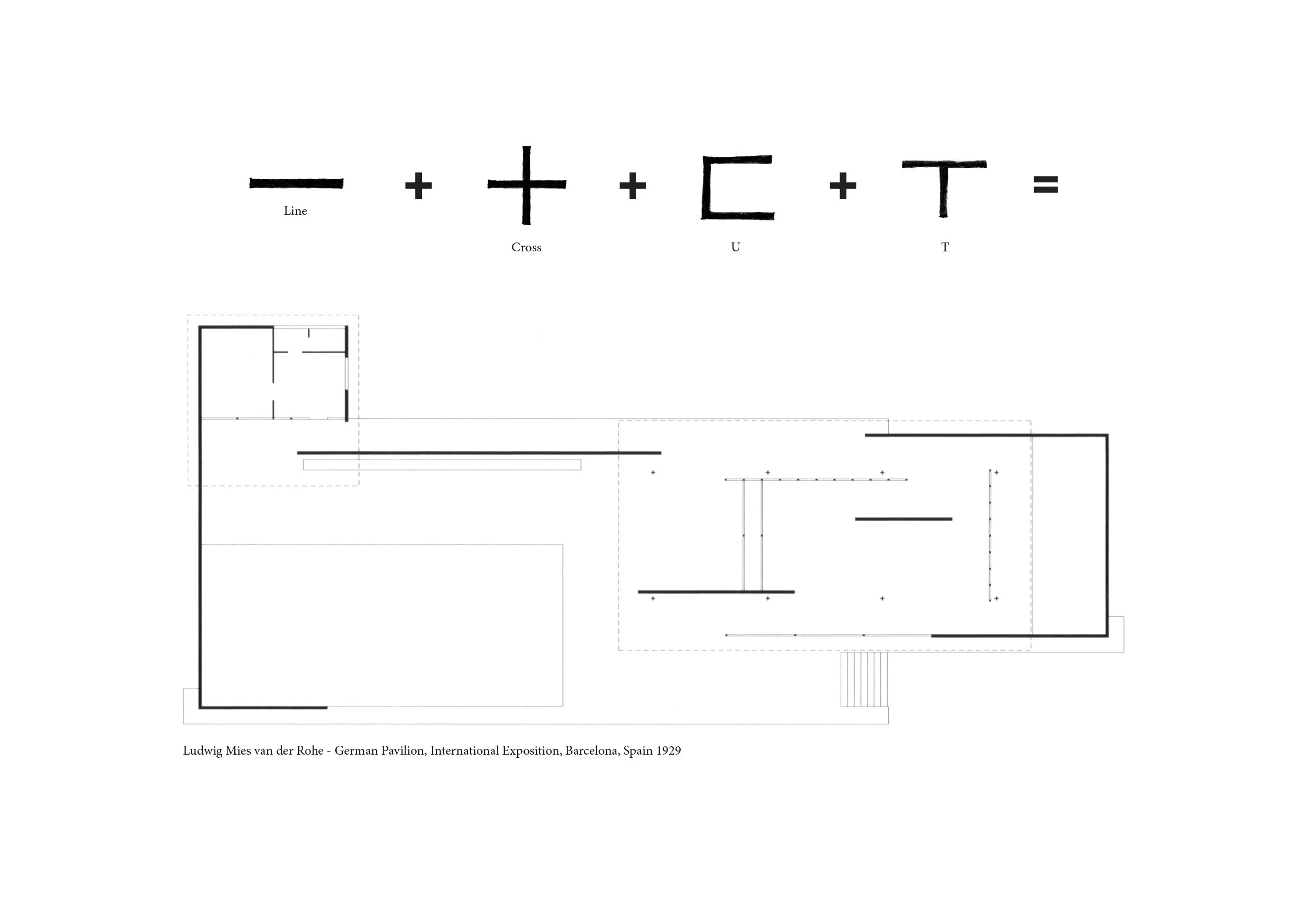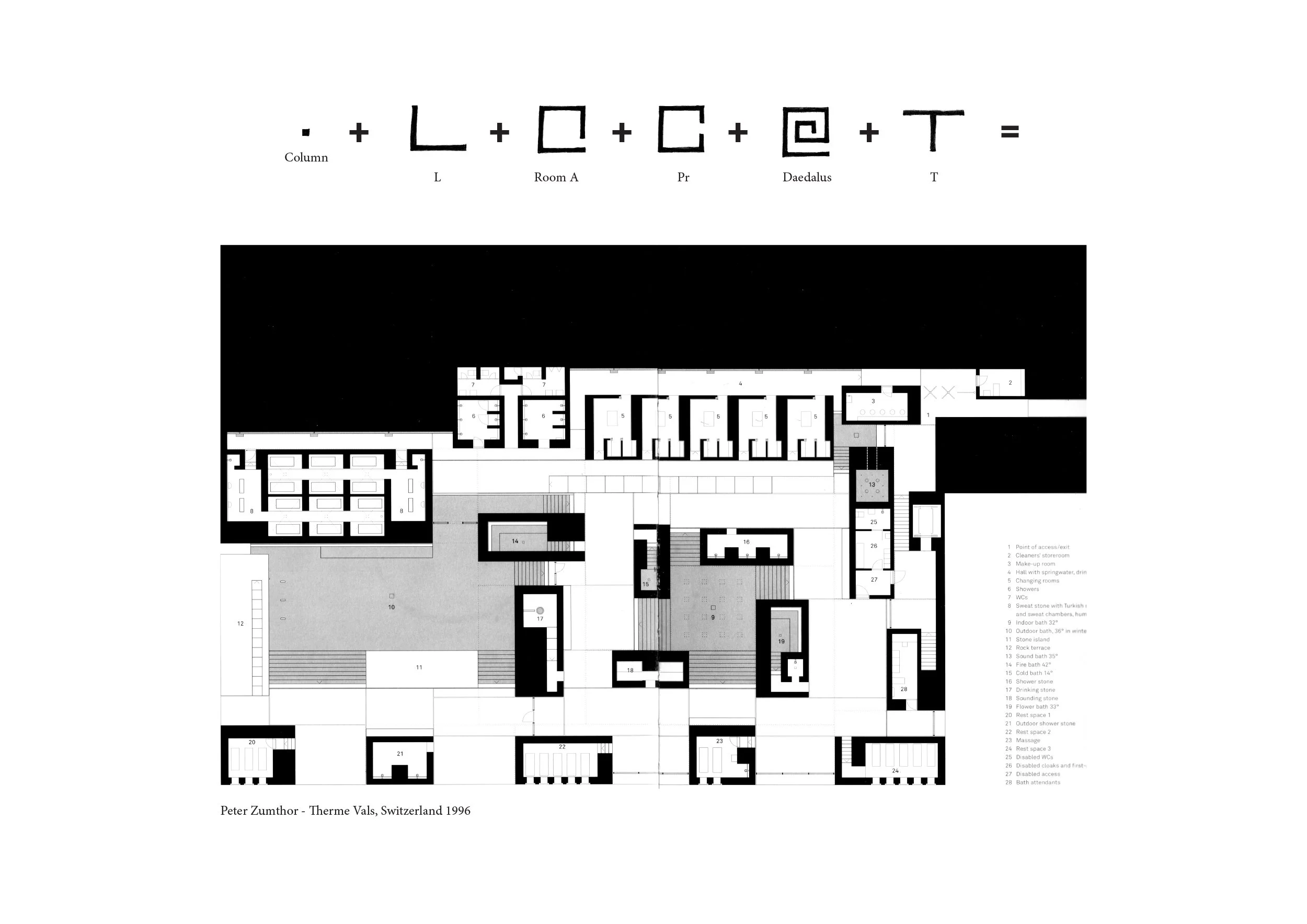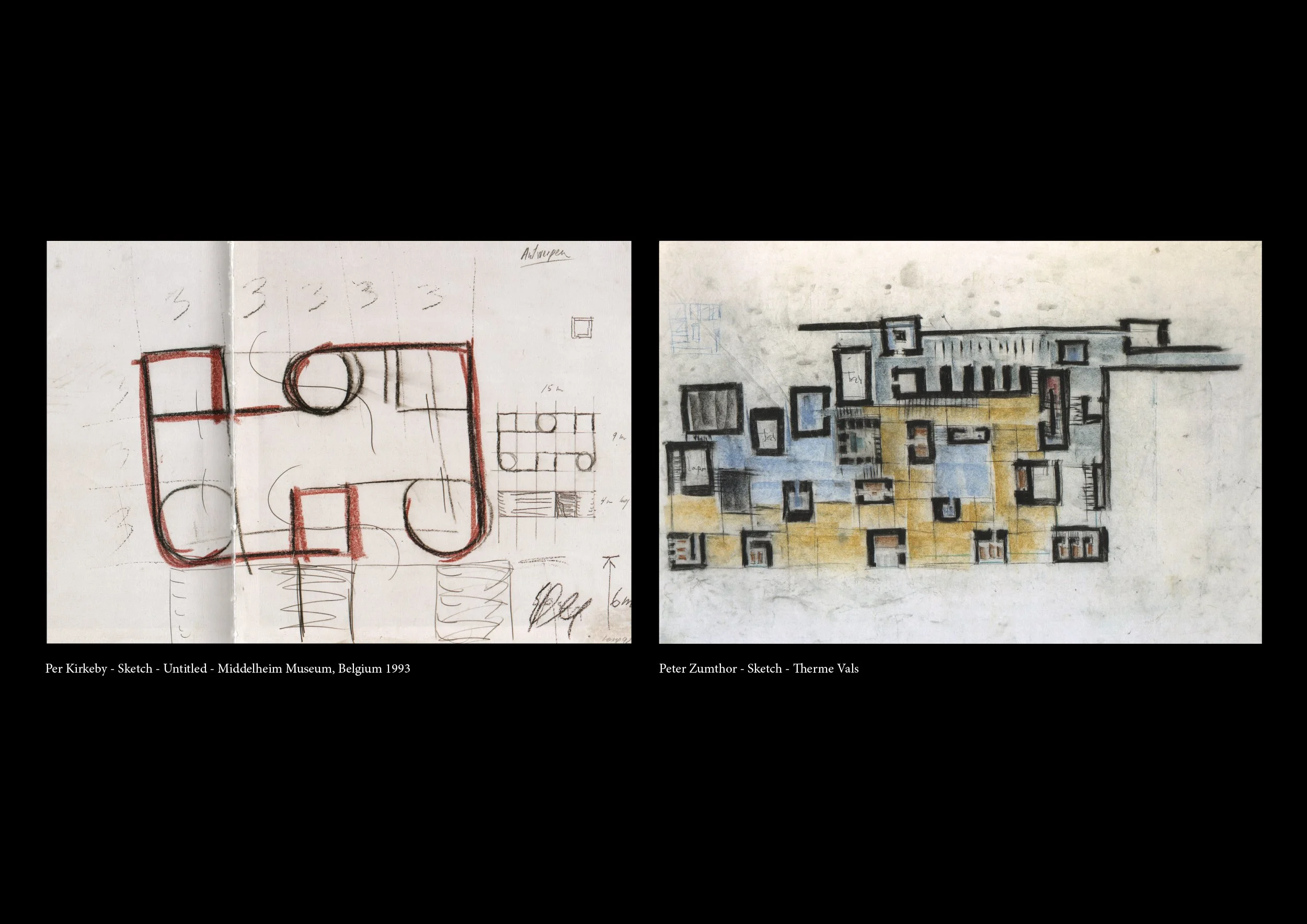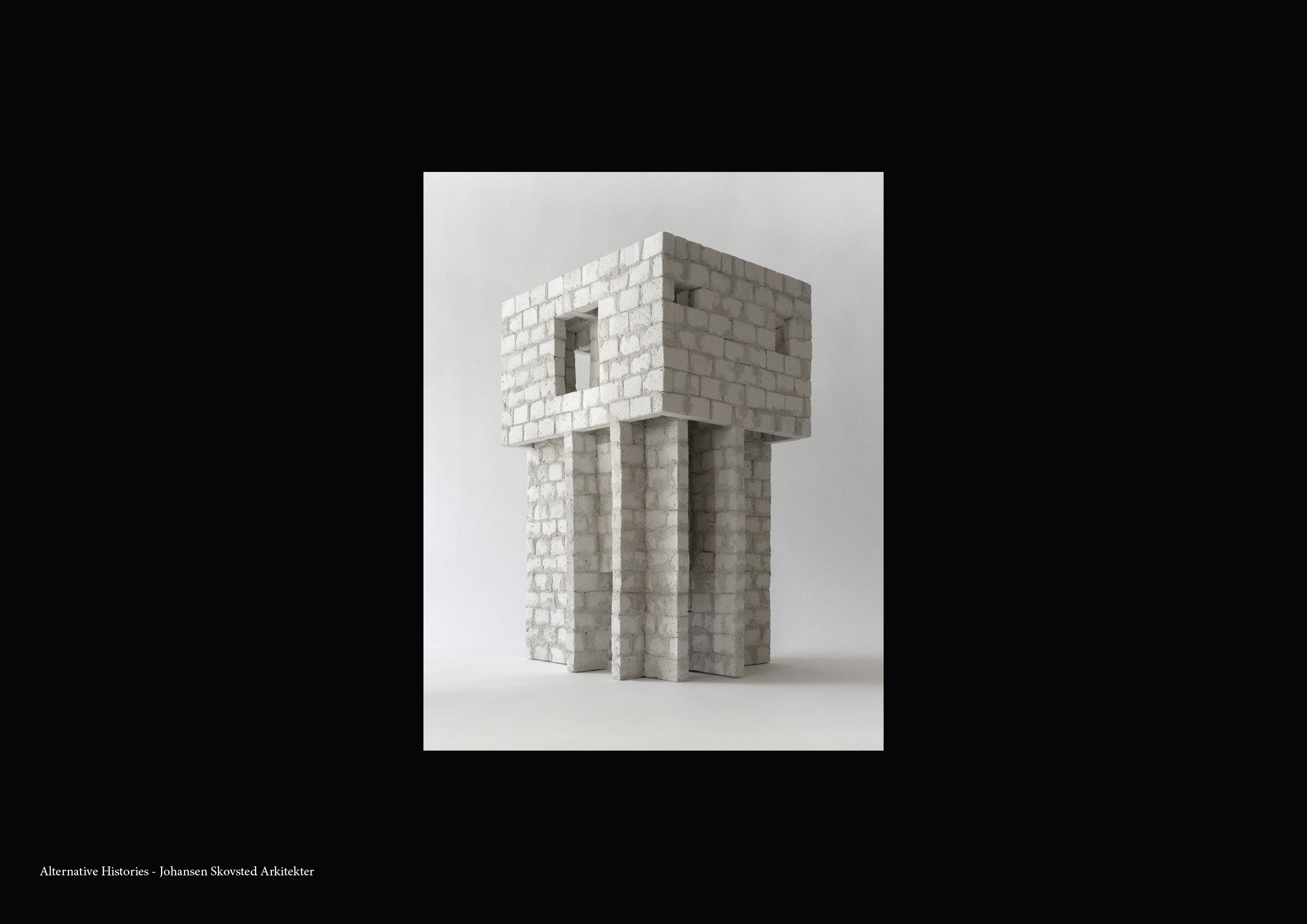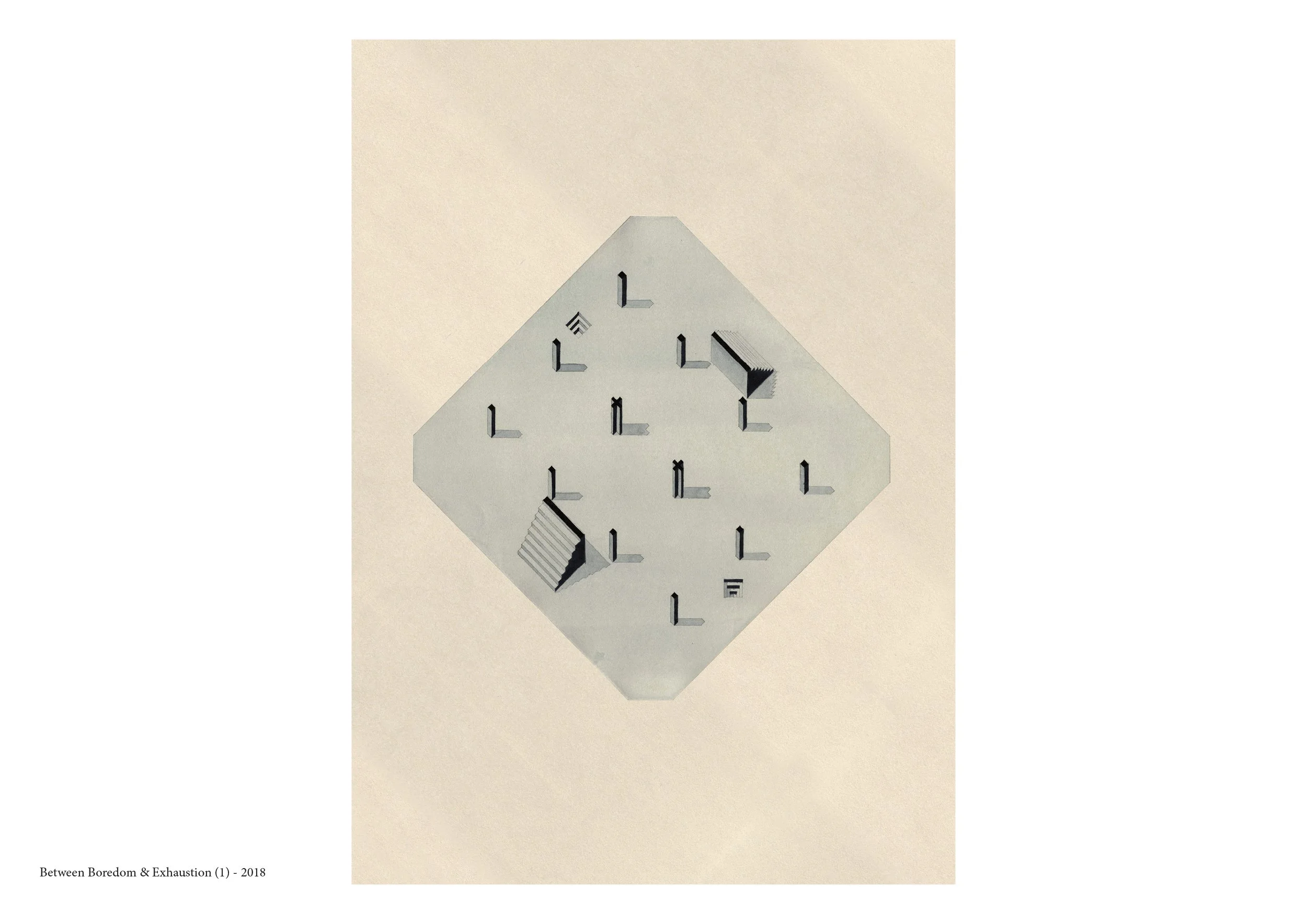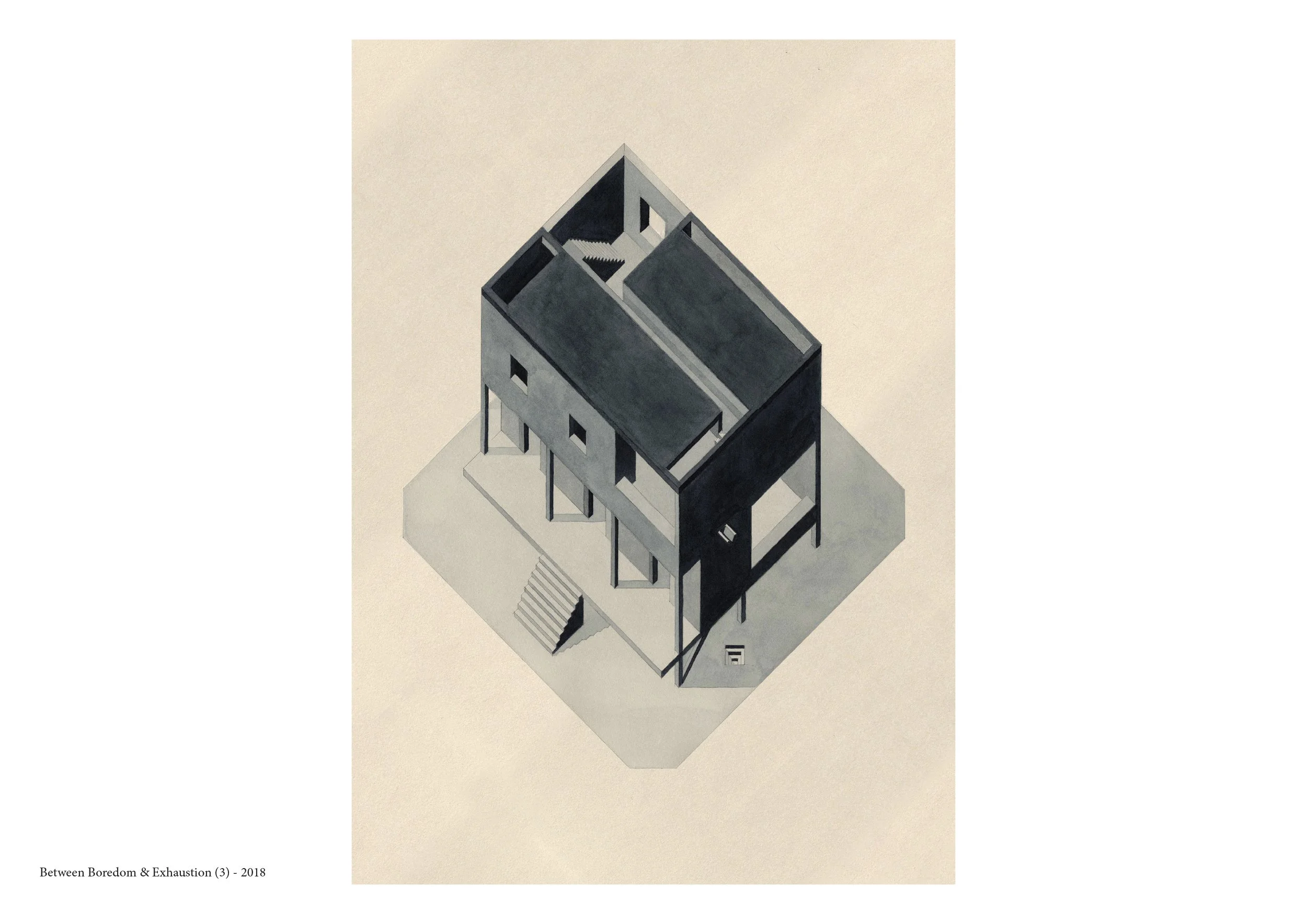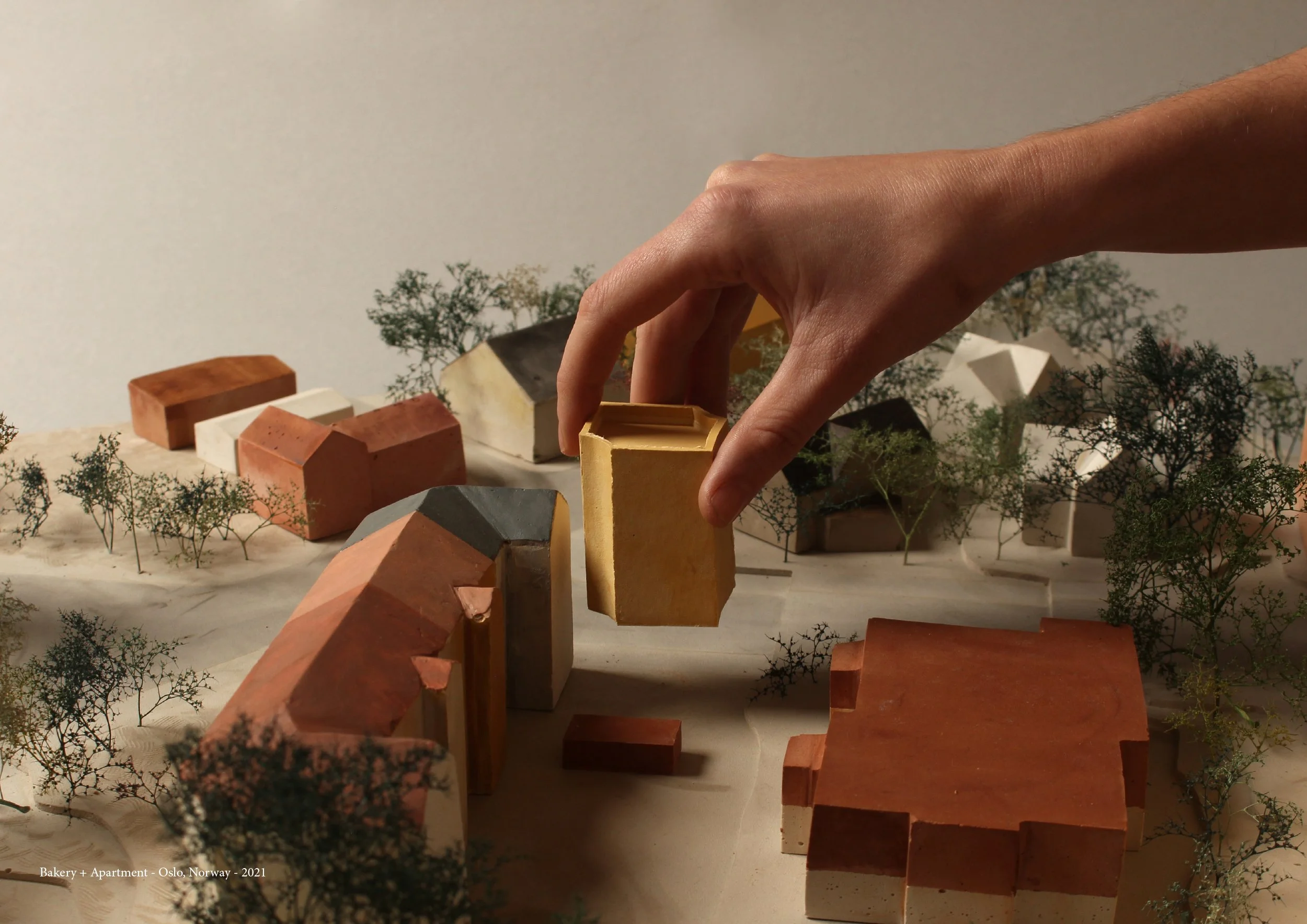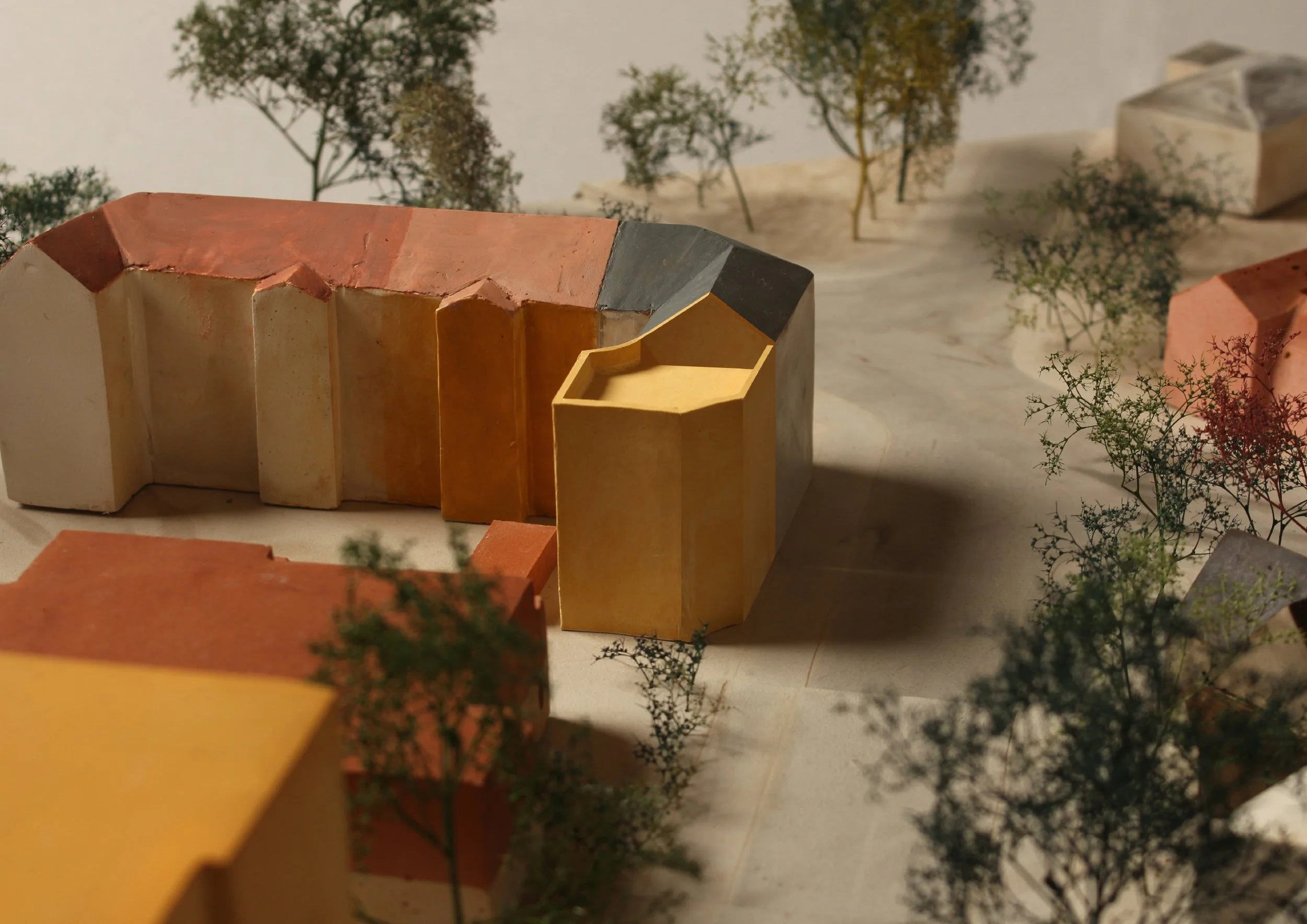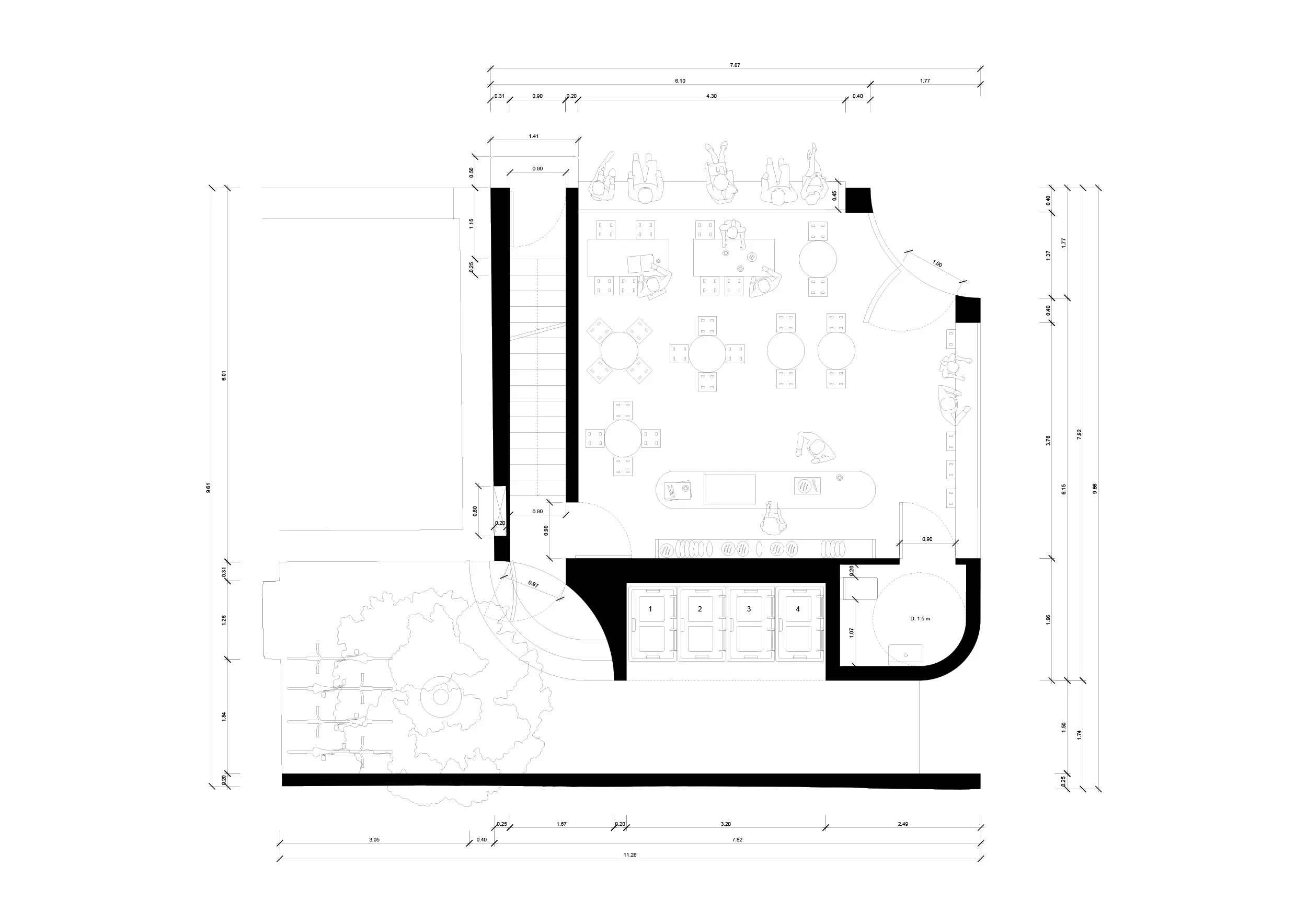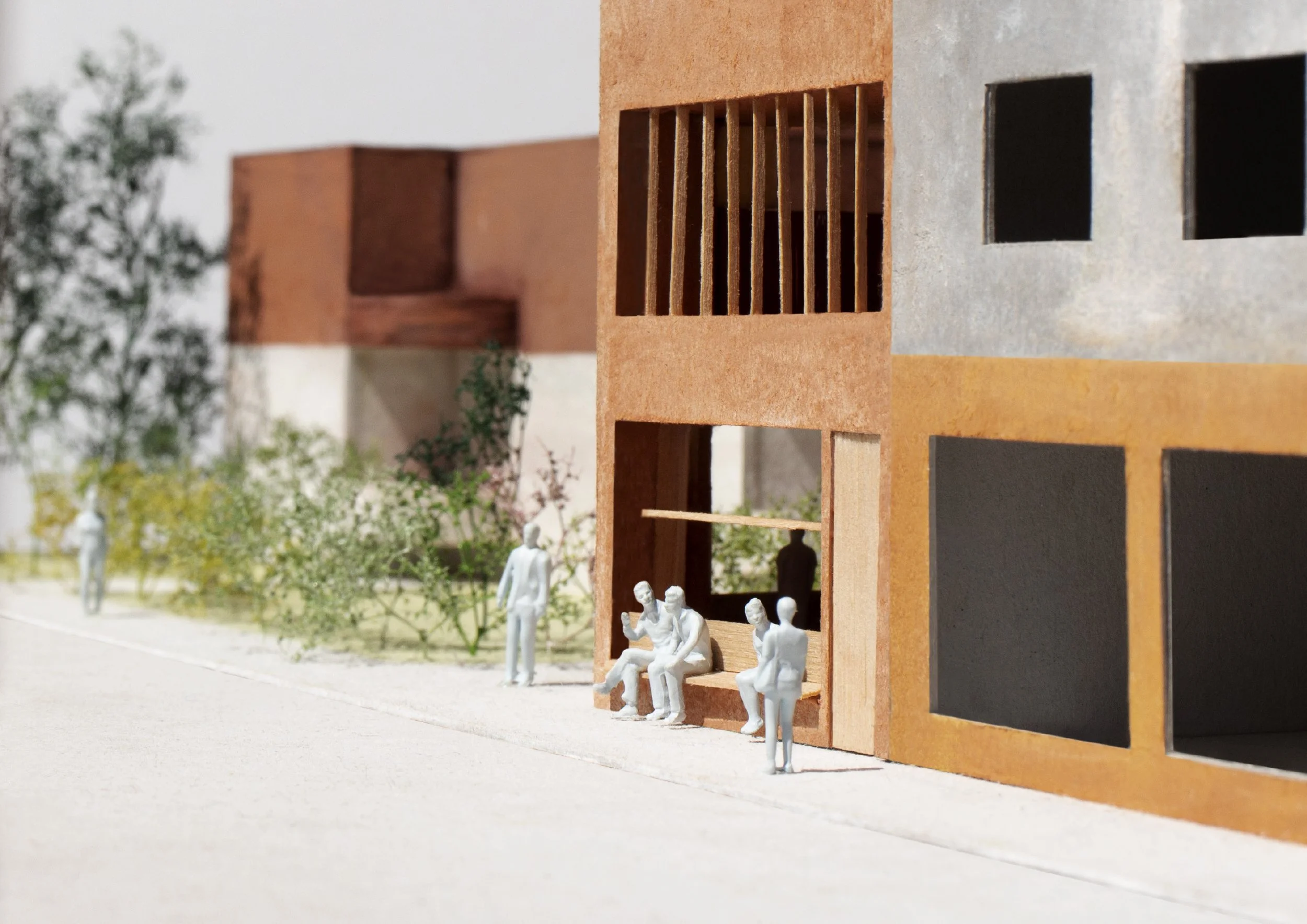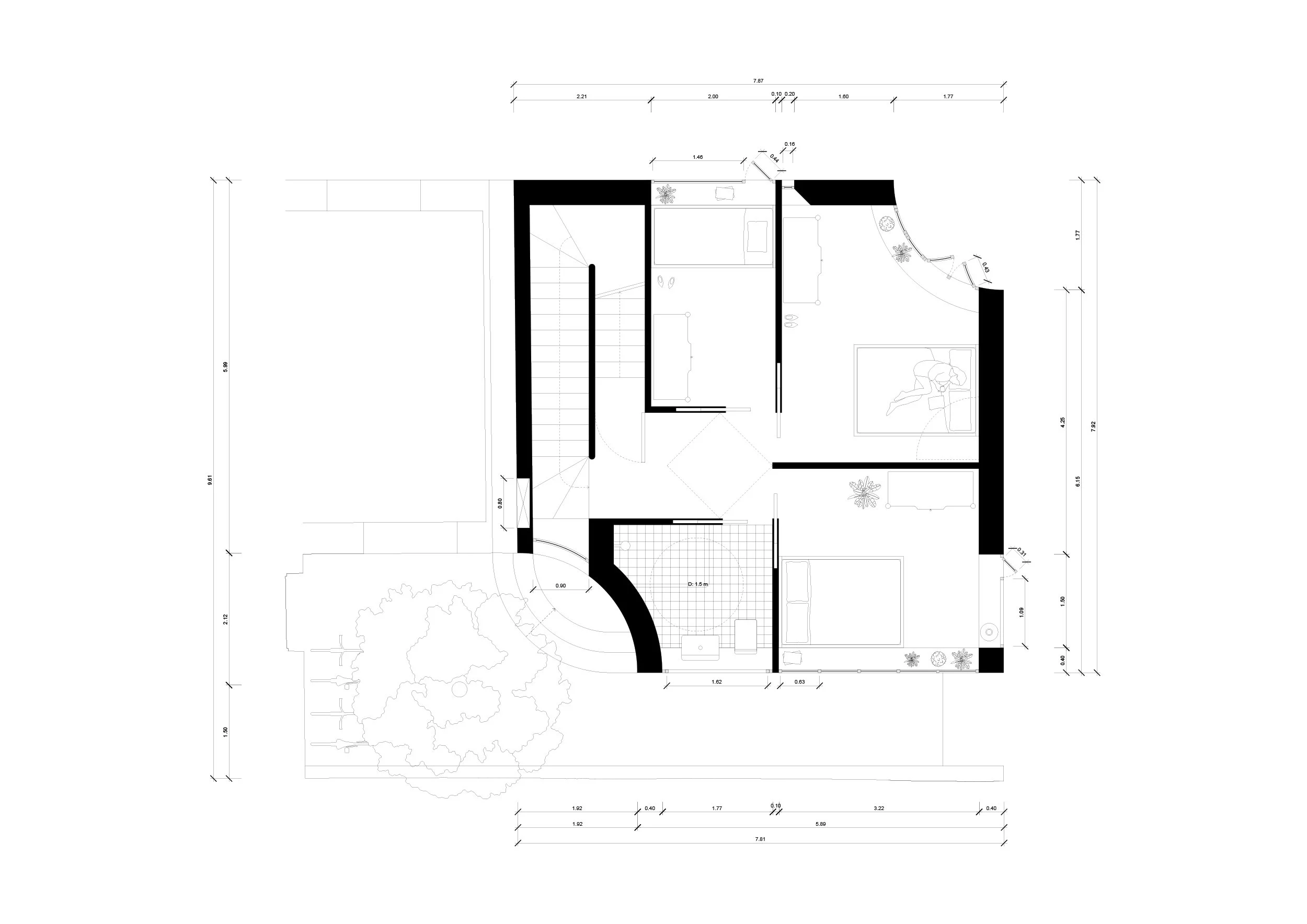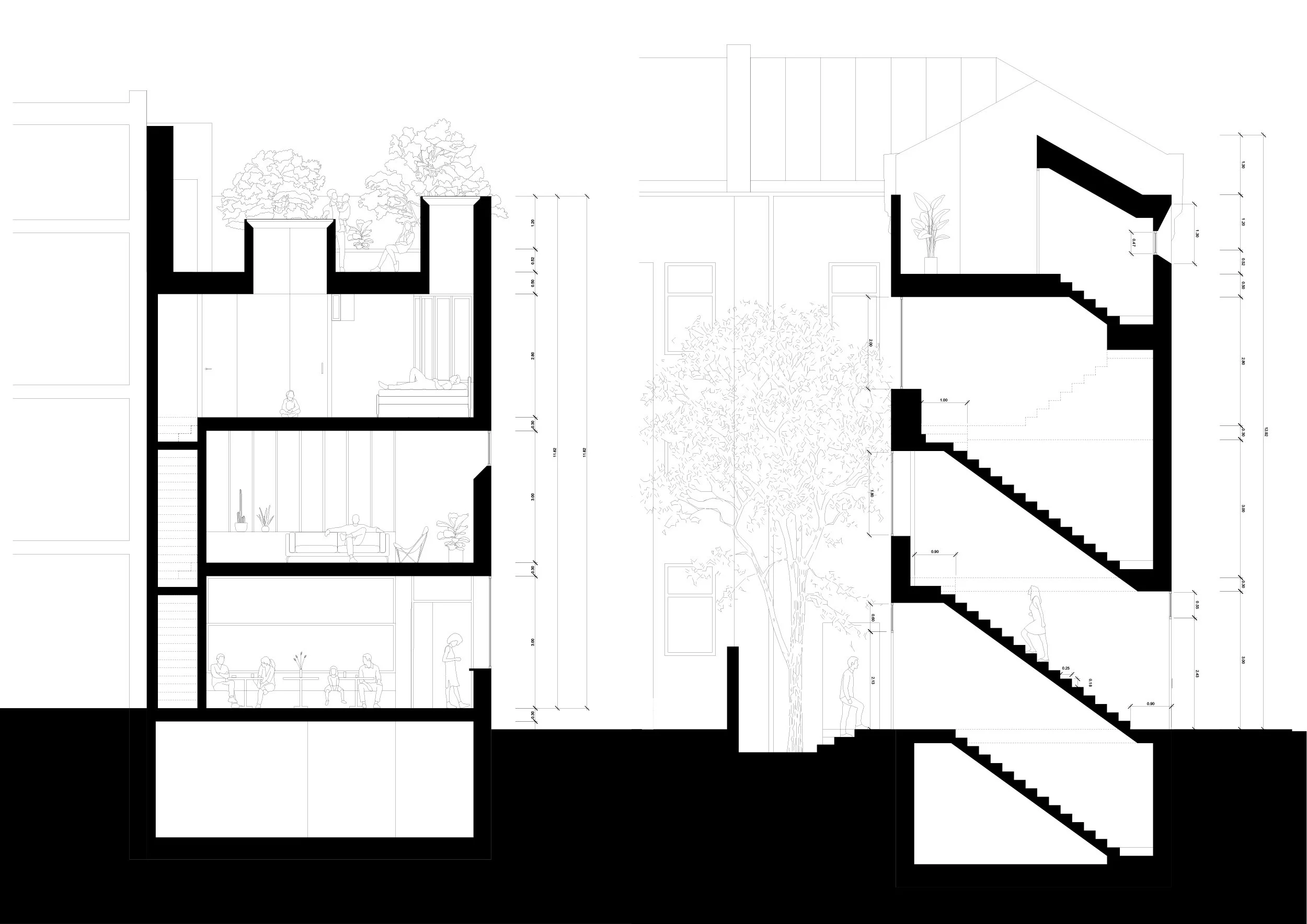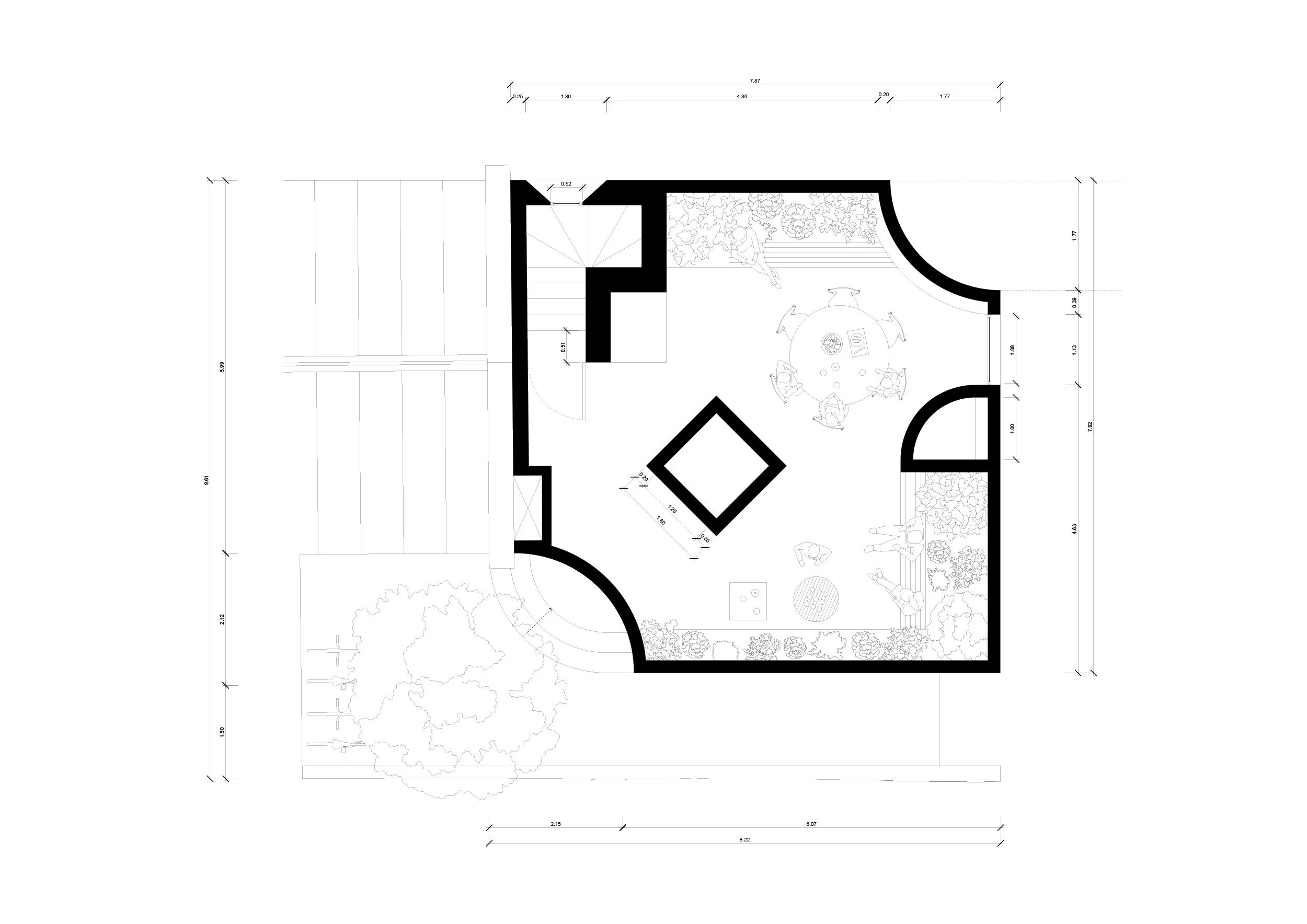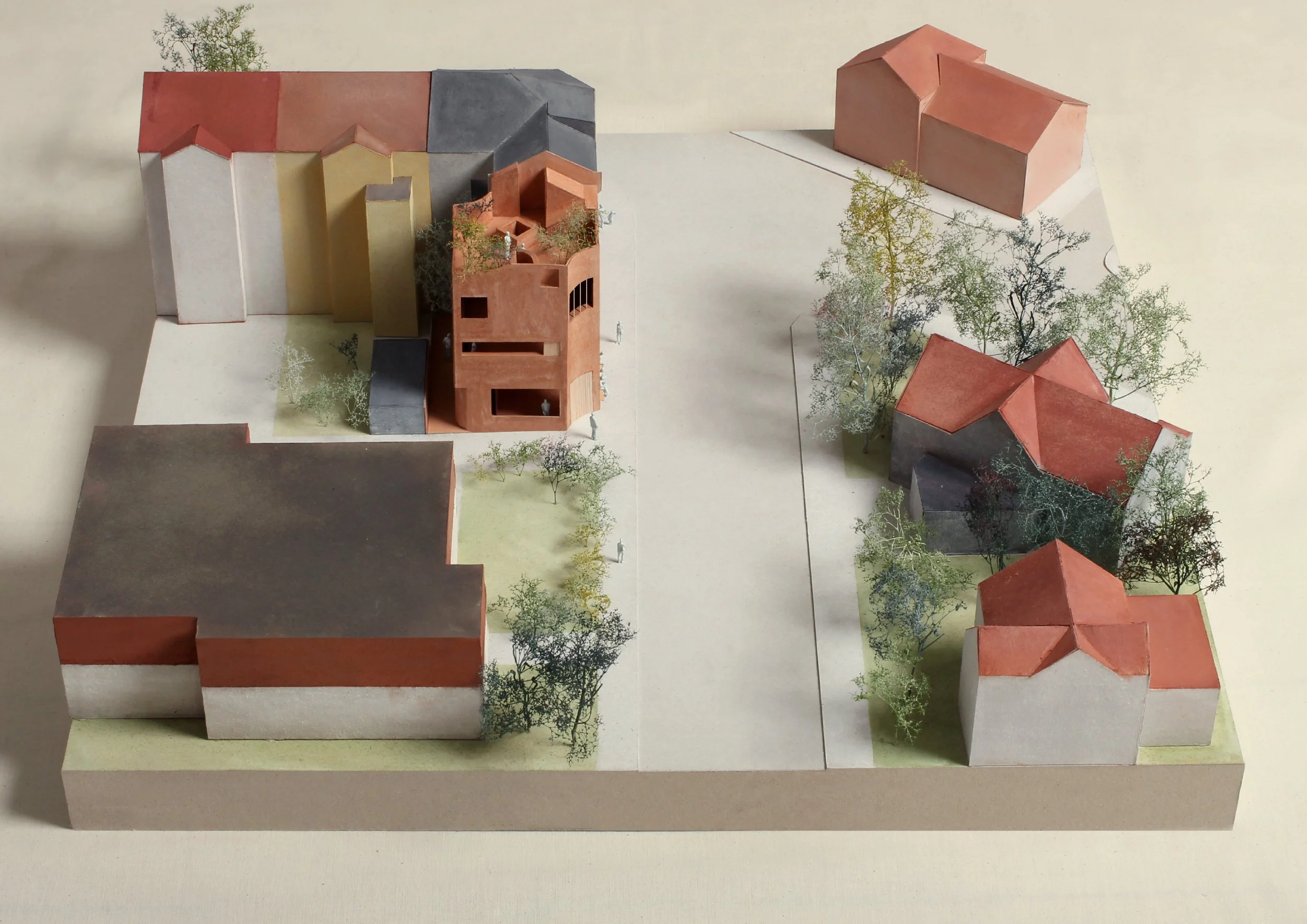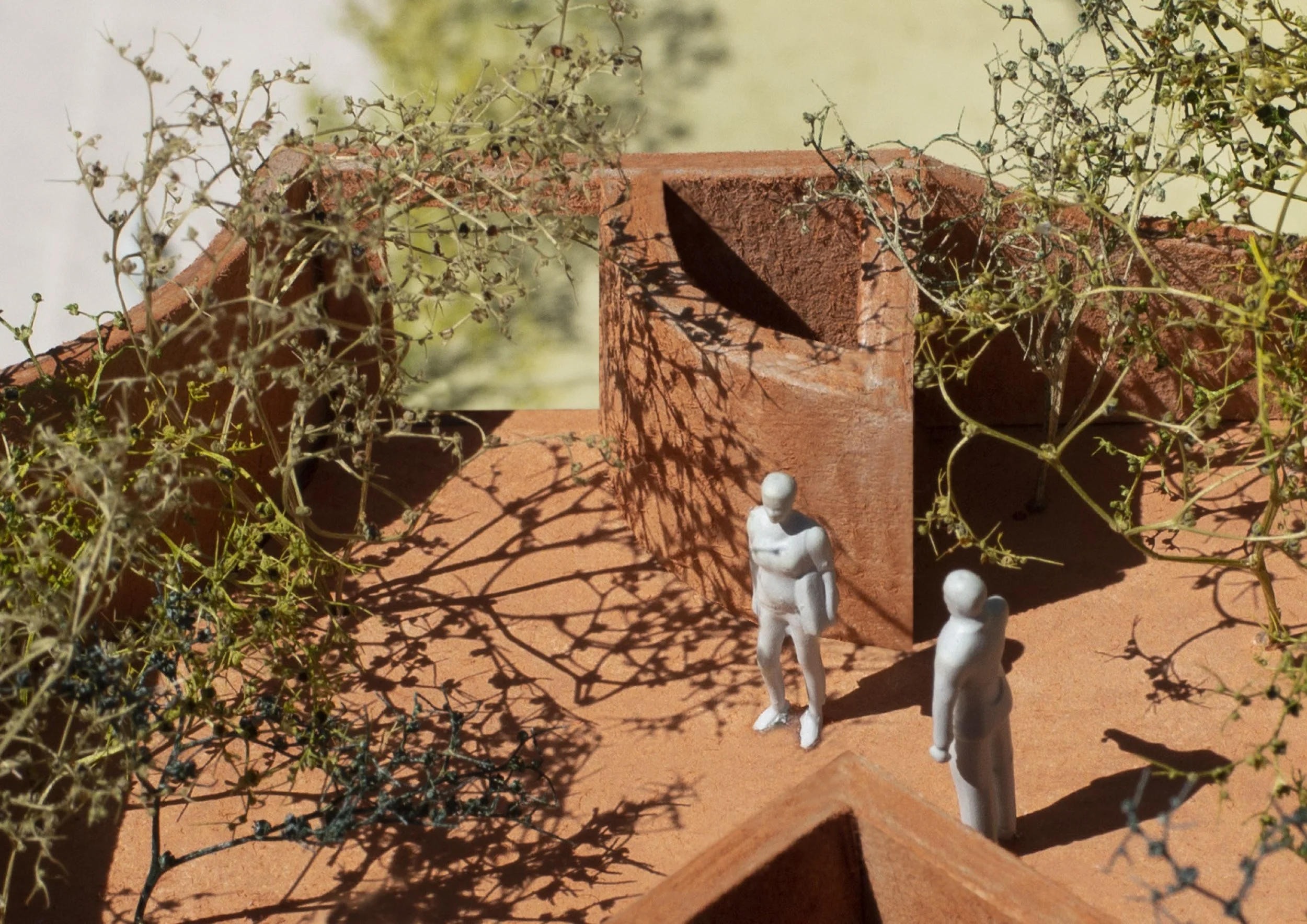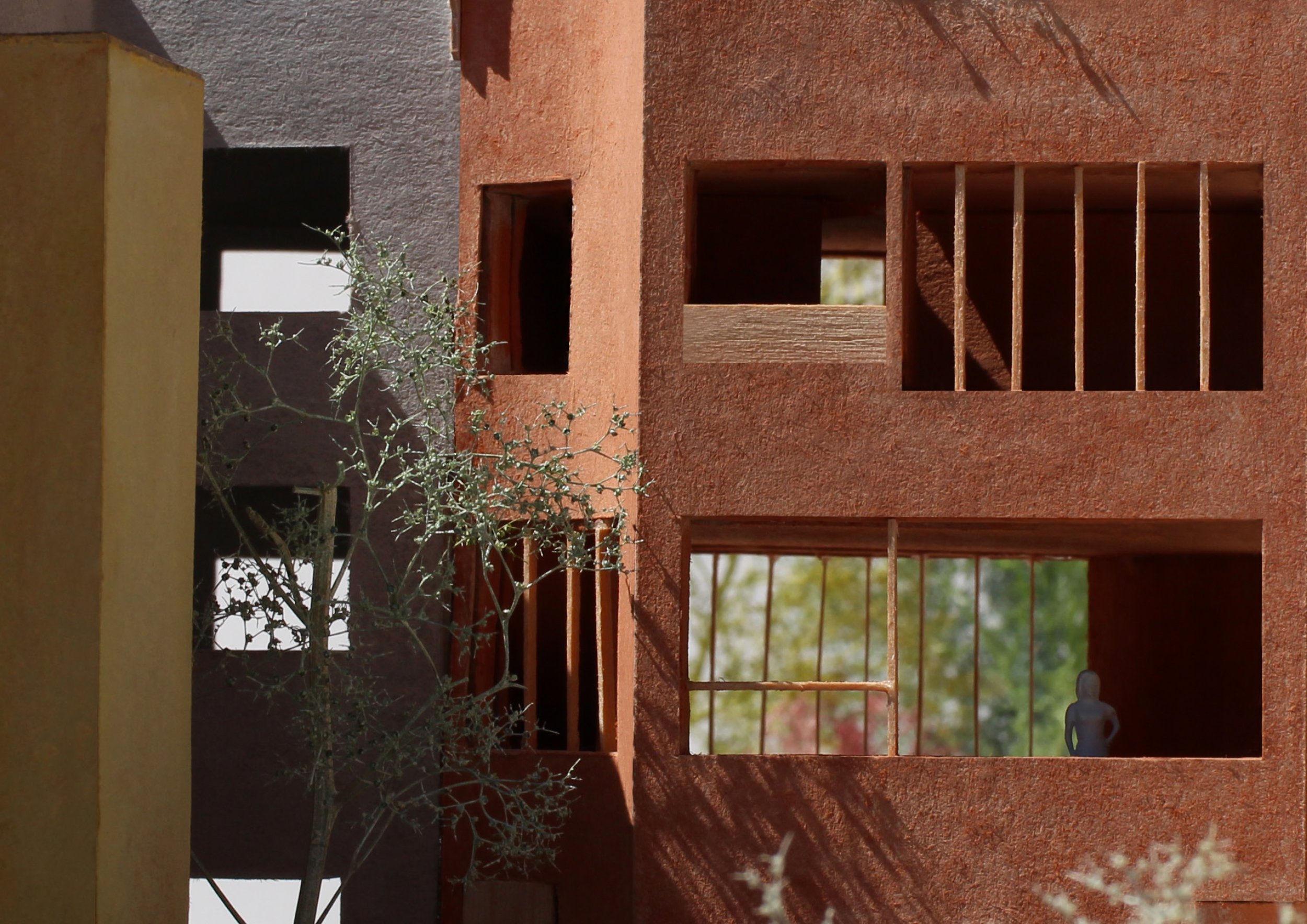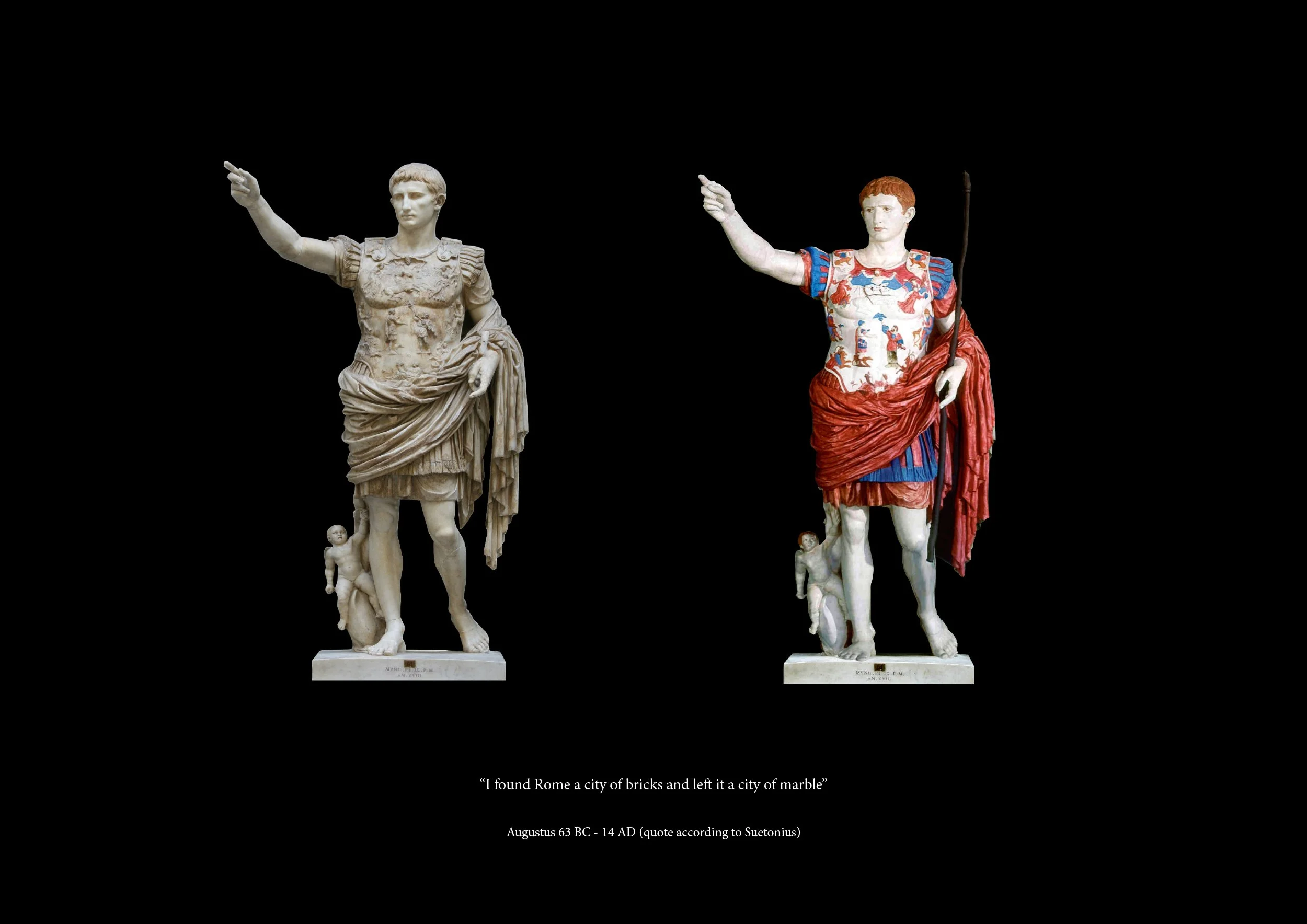In the context of this lecture, Lithic refers to stones or stone-like materials. How to assemble these stones convincingly is what is meant by language.
The lecture reflected upon this Language of the Lithic by presenting a series of projects that search for a language between solid forms (stones or stone-like materials) and the void between these solids. The lecture was part of a joint session with two other talks by Paul Feeney and Marie-Louise Raue at Arts University Bournemouth in September 2022.
The first part of the presentation was about exposing the poetic dimension of such a discourse by showing a series of sketch models and theoretical projects. The general theme of the first part was; what happens to the opposite? For example. Is it not so that when you change the form of an object, what defines the new form is the shadow - you become aware of the shadow? Or the more mass you add to an object, the more you emphasize the void? These observations and questions seem elementary. But they are essential when constructing a language based on the interrelationship between solids and voids.
The second part considered how architects interpret this tension between solid and void using the black-and-white architectural plan. This part of the lecture explained architecture as a type of language. Different architects use different types of geometric forms in their plans. Almost like letters, the architects shape their formal vocabulary. The black-and-white plan highlights the differences and similarities between the different architects. This part aimed at helping the students understand how to explore their formal vocabulary by defining what is black and what is white in their designs.
The third part explored why the Lithic matters. Suggesting that it is impossible to consider architectural history without stone, or stone-like materials such as brick, concrete, rammed earth, etc. To this day, to build something affordable and construct an architectural language accessible to all, the building techniques necessary might be similar to the mudbricks used in Mesopotamia in 9000 BC - now updated to a Hemp block or an ecologically sourced Y-Tong block. This part of the lecture presented a theoretical project based on the danish architect C.F. Hansen and another project that is a commission from a commercial client. The idea was to show how the initial poetic and ideological intentions could work when tested on a project intended to be built, with all the restrictions and challenges this implies.
In the fourth and last part, the students were presented with two statues of Augustus and asked which one they preferred. The first statue was in pure white marble. The second statue was the same as the first one. But on this statue, the marble was adorned with paint. It was around 150 students in the room. Everyone said they preferred the unpainted version, except for one student. The lecture ended with a drawing depicting a building painted in vivid colors.

